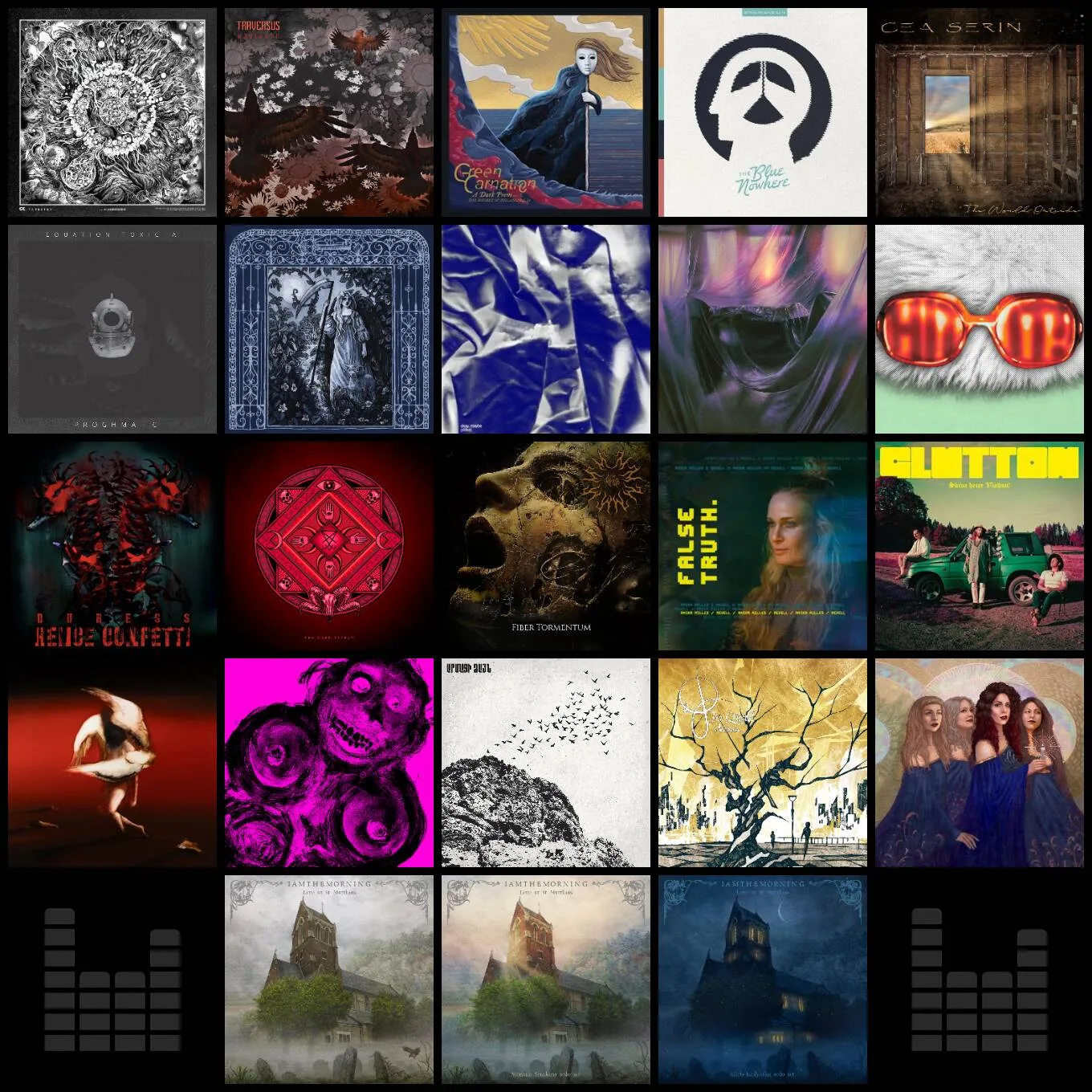
Magoria – Hollingsworth Mansion
When I first heard Magoria, I was instantly sold. The 2019 debut album “JTR1888 – Jack the Ripper Rock Opera” blindsided me in every way. From the concept to the technical skill on display, vocal performances and compositional variety, it seemed to have everything it needed and despite a walloping 95 minutes run time, it kept me hooked all the way through. For those unaware, Magoria is a “supergroup” of Dutch musicians and the brainchild of Knight Area guitarist Mark Bogert. I would most easily describe the musical phenomenon as “symphonic Ayreon“, although the two projects are quite different. We’re looking at a large cast of singers, each in the role of a different character, a phenomenal band backing them, as well as a few guest musicians. It’s been almost 5 years since the debut album came out, and for a long time I thought it would be a one-time phenomenon. But it recently came to my knowledge that Magoria has returned with a second album, and I was equal parts scared and excited to check it out.
The problem with releasing a masterstroke like JTR 1888 is that releasing a follow-up is a damn near impossible challenge. So will “Hollingsworth Mansion” live up to the hype, or fall flat in the shadow of its predecessor? The answer to that question is complex, and after giving this new album quite a few listens, I’m not sure I have it. In fact, I’m not sure it even exists, and that’s certainly a good thing.
“Hollingsworth Mansion” takes on a different challenge, presenting a typical ghost story, with all the clichés. The universe built in the previous album is left behind and we are given an entirely new story. The plot kicks off with an oblivious family that moves to a new estate where strange things start happening. The spirits of the dead are still there to resolve unfinished business from their lives. The mansion is far away from the hustle and bustle of the city, and most importantly, the not dead yet characters are dumb and lack all sense of self-preservation. It seems like all the classic horror movie tropes are present. Thankfully there are a lot less horror albums than there are horror movies, so this still feels quite fresh. So let’s look at how they translated this aesthetic into music.
What became clear to me on the JTR album, is that Magoria uses the aesthetic of a musical in many ways. And this holds true on this album as well. The story is delivered in the form of a theater play, with very little “narration” and most of the story being embodied by the characters themselves. There are also a lot of sing-along parts and cliché moments like having one lead singer alternating with a choir or a dialogue between 2 lead singers. That can be fun, and very energetic but I think it’s quite hard to map it onto a scary vibe. This disconnect between the musical framing and the emotions of the story was one of the main issues that made it harder for me to get into this one.
Magoria – When Our Time Will Come
Most songs follow a straightforward verse-chorus structure with the most creative musical ideas showing up in the bridge section (solos, progressive instrumental sections or lush waves of orchestration). But this is not always the case. For example, ‘Enter the Twilight World’ actually kicks off with the crazy guitar solo and then follows into the first verse. There are also instrumental intro and outro tracks and a spoken word interlude half way through the album, that seems to divide the story into 2 parts. ‘The House of No One At All’ is an amazing poem from Edward Reekers (William Harris by his character name), backed by creepy piano and outright tangible haunted-house sound effects that paint a classic spooky landscape! I feel like this is the point in the story where everything starts going downhill!
The sound is a blend of prog rock and symphonic metal. The rhythms are straightforward enough to engage the listener easily but proggy enough to maintain a sense of surprise. There’s a constant alternation between galloping or running rhythms, epic moments and cleared out grooves that makes the music come in waves of energy and relaxation. They have a great sense for creating suspense, build-ups and payoffs. Drummer Harmen Kieboom plays skillfully on a spectrum between technical progressive sections (‘The Time Has Come’) and tender grooves with a focus on detail (‘The Secret of This Village’). His transitioning game is always on point as well. And when it comes to guitar solos Mark Bogert owns the spotlight. Short of a guest guitar solo on ‘From Dusk til’ Dawn’ by Remy Hansen and an appearance by Derek Sherinian on ‘I Can’t Restrain Her Anymore’. Most solos show fantastic technicality as well as soaring melody, often playing into the song’s main themes, which allows a sense of familiarity to be maintained through the complex instrumental road-trips. The lead guitar also plays a huge role in the melodic themes seen throughout the album, and every now and then shows up for a few seconds to fill in certain moments of the songs (Leave Us’). However, it is not overbearing. It is clear that Mark is keen on displaying his guitar skills, but he knows to pick his moments and to write the solos in a way that doesn’t disrupt the mood of the song. The previously mentioned appearance from Derek Sherinian must be spotlighted as it is probably my favourite instrumental moment of the album, a keyboard/guitar duel with Mark Bogert, contained in an amazing Dream Theater influenced instrumental break.
The symphonic element is also very rich and impressive. It’s not just a few layers of strings to create the symphonic aesthetic. It’s a full-blown movie score on top of the rock/metal foundation. It’s very theatrical, making use of multiple layers of various instruments, expertly complementing the band and giving a sense of world building that allows you to fully sink into the story. The synth effects, piano and acoustic guitars also participate in that layering of textures, building a rich and diverse soundscape, expertly blending genres in a coherent sound.
But as previously mentioned, it was a bit tricky for me to fully get into this one, at least at first. Upon learning the story, I expected an overall sinister mood to the album. However, most of it circles around realms of the epic, cinematic and over-the-top. It has its spooky moments and the choirs create a superb ghostly aesthetic but that doesn’t really translate into an overall mood for the album. It took me a while to realize that although this is a ghost story, it’s not aiming at a horror movie vibe. Despite following a similar narrative structure, it focuses more on the emotions of the characters, their hopes, dreams, inner struggles and forbidden desires. The ghost characters are humanized quite early on and are active characters in the narrative more so than an invisible looming threat. This is not only a far more fitting approach for their sound, but also makes room for some fantastic vocal performances.
Magoria – Diamond in the Dark
There are 7 singers on the album giving a diverse vocal palette for the album. I enjoy all their performances, but I have to spotlight Maria Catharina and Rodney Blaze as my favourites. They’re the most devilishly charismatic rock singers I have found in recent years. Having already made a strong impression on me in the previous album, I was beyond delighted to find out that in this album, they were given the roles of Lavinia and Jeffero Hollingsworth (a.k.a. the dead people). Rodney’s voice is as commanding and powerful as it was in the role of the ripper. And Maria probably even surpasses her previous performance, with a delivery that is not only powerful in terms of range and volume, but incredibly expressive for her role. ‘Diamond in the Dark’ has my favourite vocals on this album. It creates a feeling of strange, twisted fascination. It’s fragile, hypnotic and alluring but also evil and slightly unsettling, all at the same time. There couldn’t be a more fitting vibe to kick off what becomes a transdimensional forbidden love story, rooted in obsession, deception, betrayal and ultimately, dire consequences. Jan Willem Ketelaers is also a very competent vocalist, delivering a convincing impersonation of the most annoying protagonist I’ve encountered since Frodo Baggins, and that’s a difficult role to pull off. Nevertheless, he nailed it. And as The Lord of the Rings already proved, an annoying protagonist cannot ruin a great story, if he is intended that way, and properly integrated in said story. This also holds true for “Hollingsworth Mansion”.
At the end of the day, this album didn’t have the same impact on me that the debut had. It’s shorter, has a smaller cast, and a reduced scope to the story, keeping everything contained in the frame of the haunted house, as opposed to the image of an entire city being thrown into unrest by the events of JTR1888. But it also feels like that’s ok. The best thing about “Hollingsworth Mansion” is that it’s not trying to be its predecessor, or to one-up it. It has its own story to tell, and this story doesn’t need the scale that JTR did. The music and lyrics are excellently put together to build the characters, scenery and plotline in the most entertaining and engaging way possible, and that’s really all I can ask for.
Track List:
- Haunted House (02:52)
- New Estate (05:08)
- Don’t Open the Gate (05:11)
- Diamond In The Dark (05:15)
- The Secret of this Village (04:09)
- What Do They Want From Me (03:35)
- The House of No One At All (02:03)
- Enter The Twilight World (04:52)
- I Can’t Restrain Her Anymore (05:27)
- When Our Time Will Come (04:42)
- Leave Us (05:25)
- Our Time Has Come (04:01)
- From Dusk Til’ Dawn (05:32)
- Die For The Love of Your Life (05:07)
- Postludium (02:42)
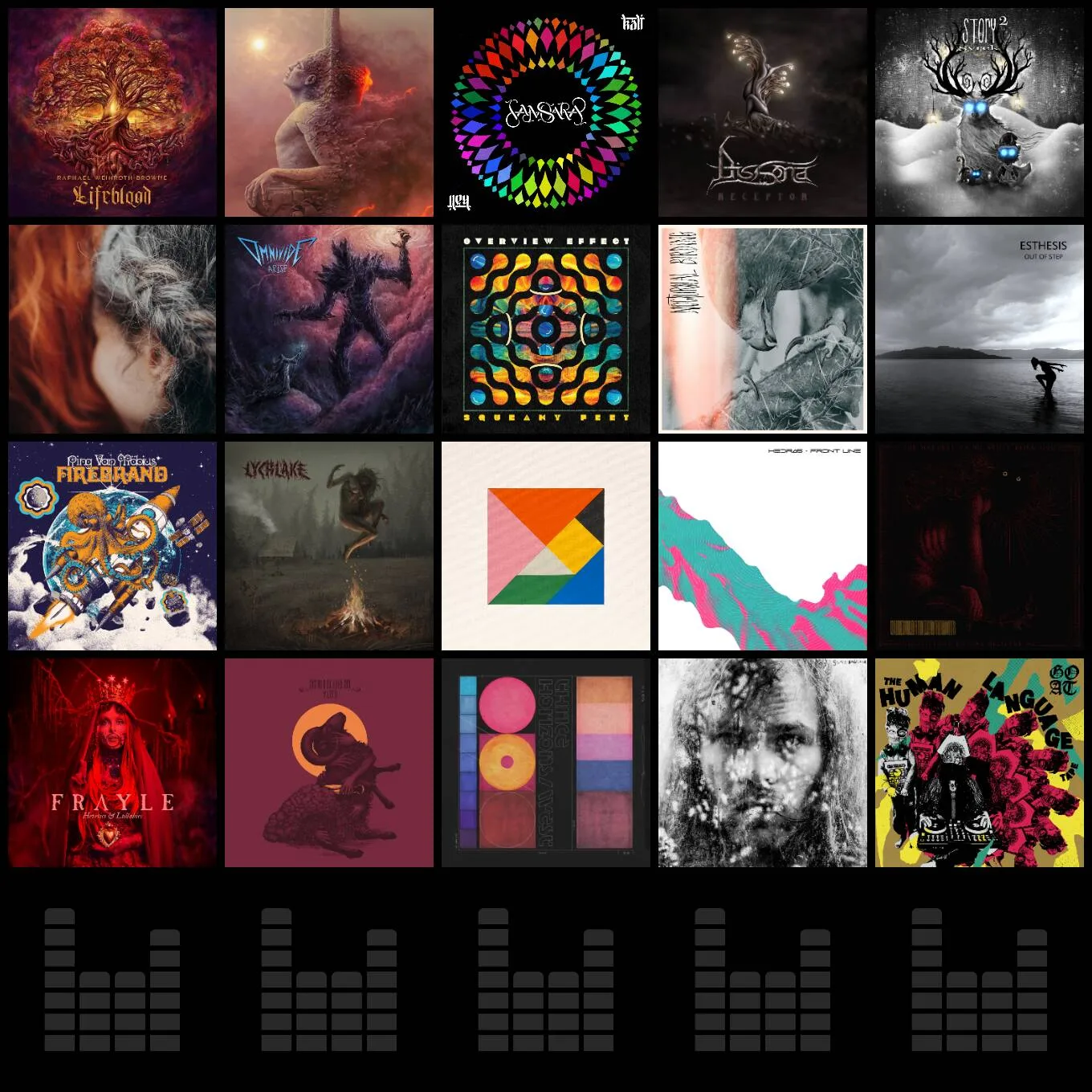
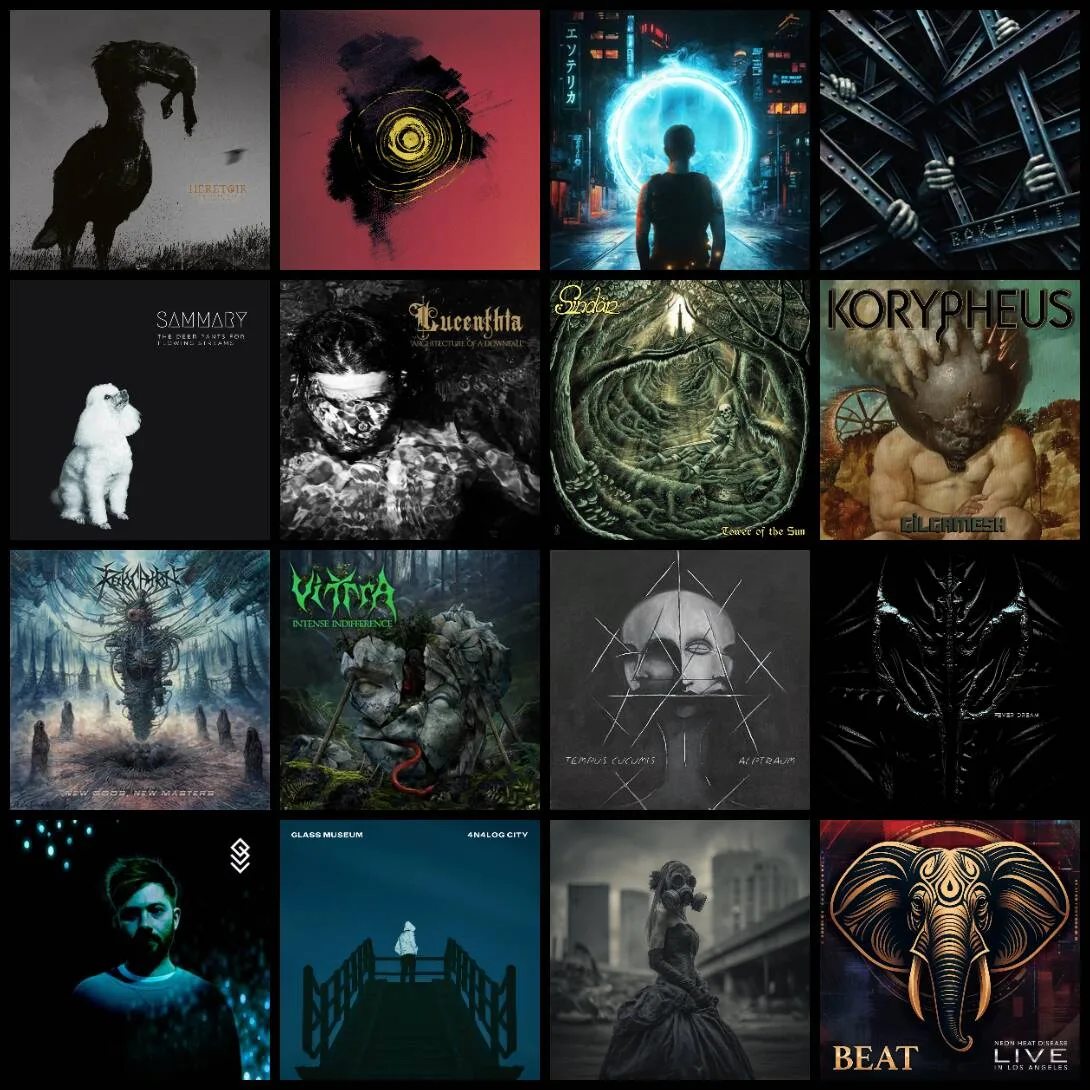
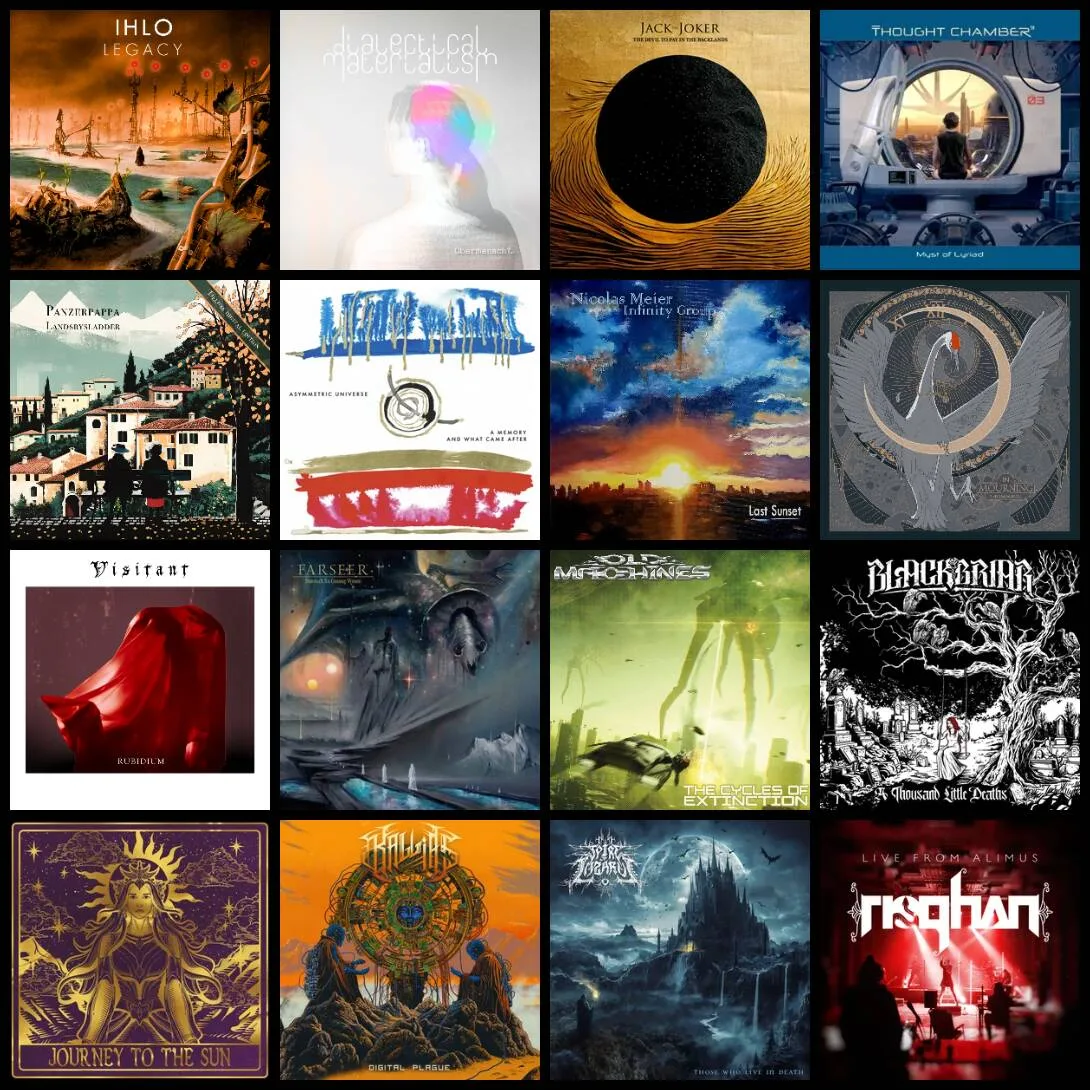
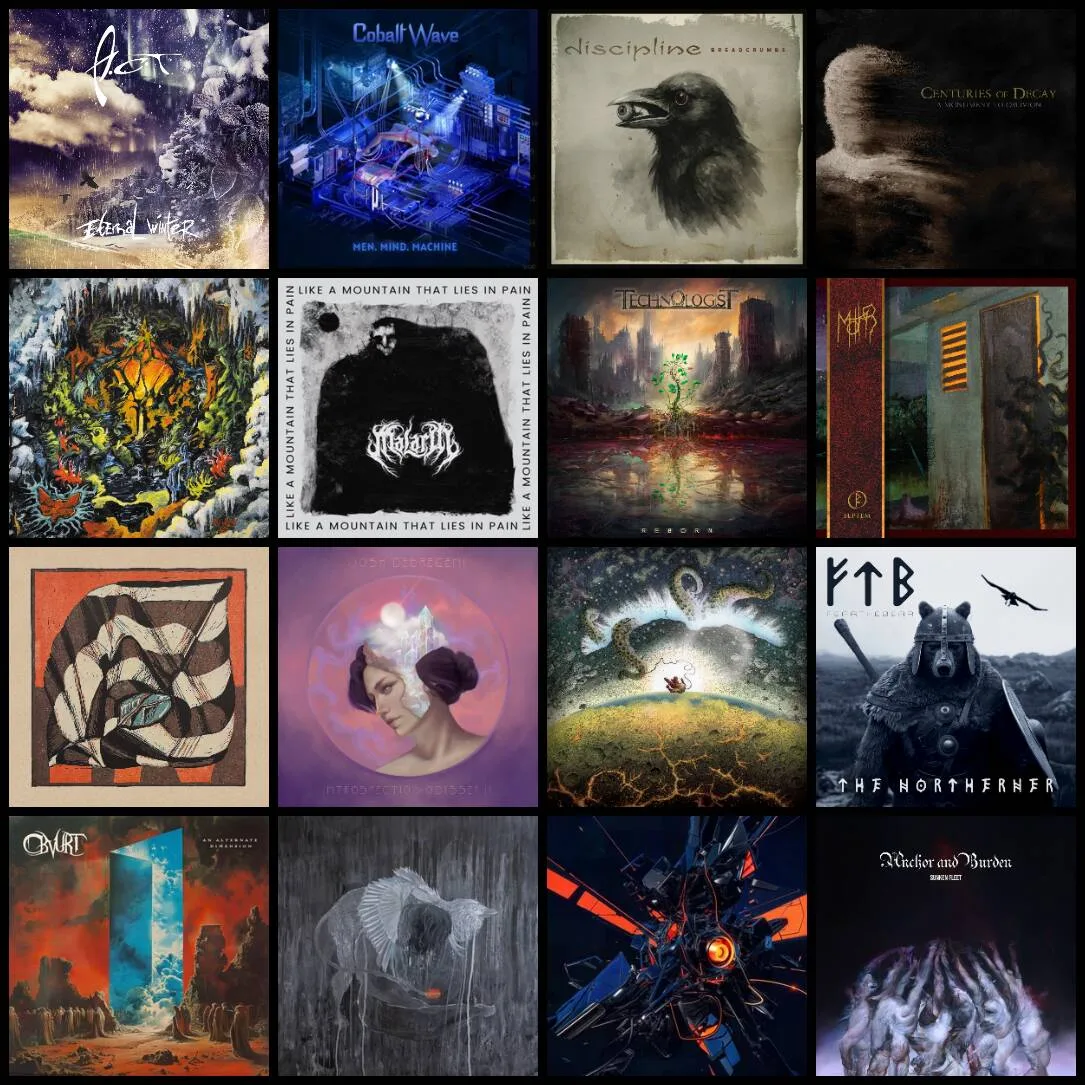
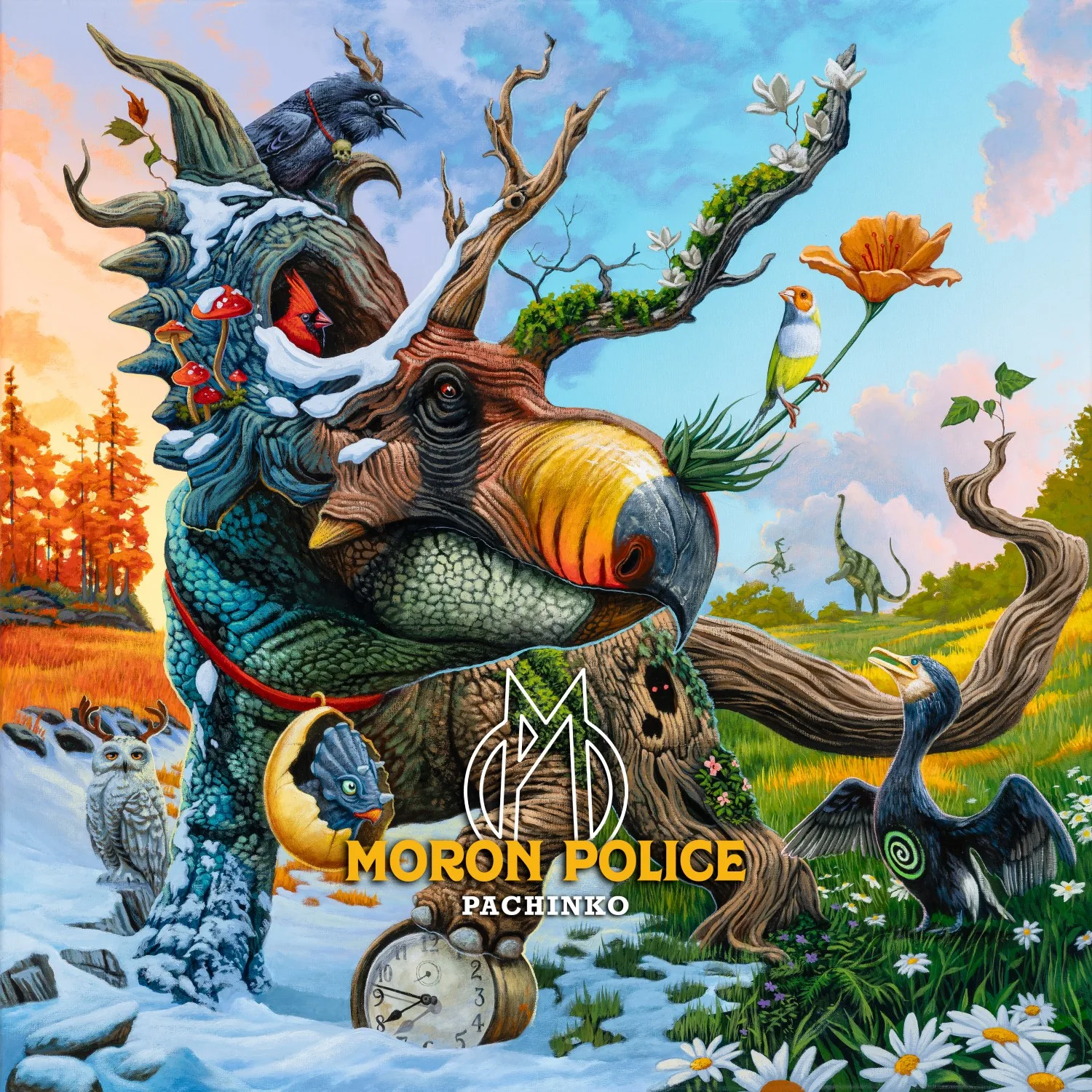
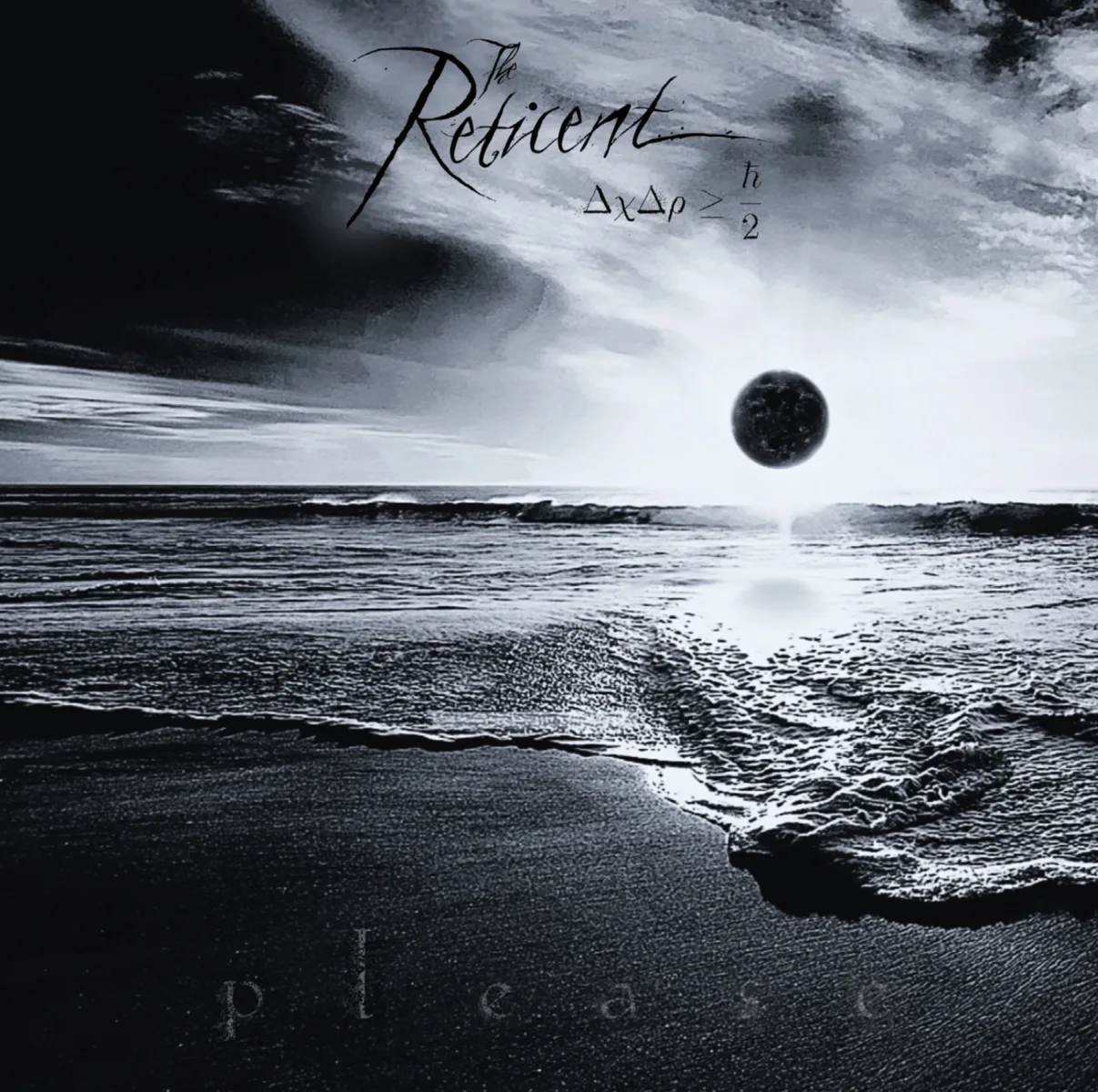
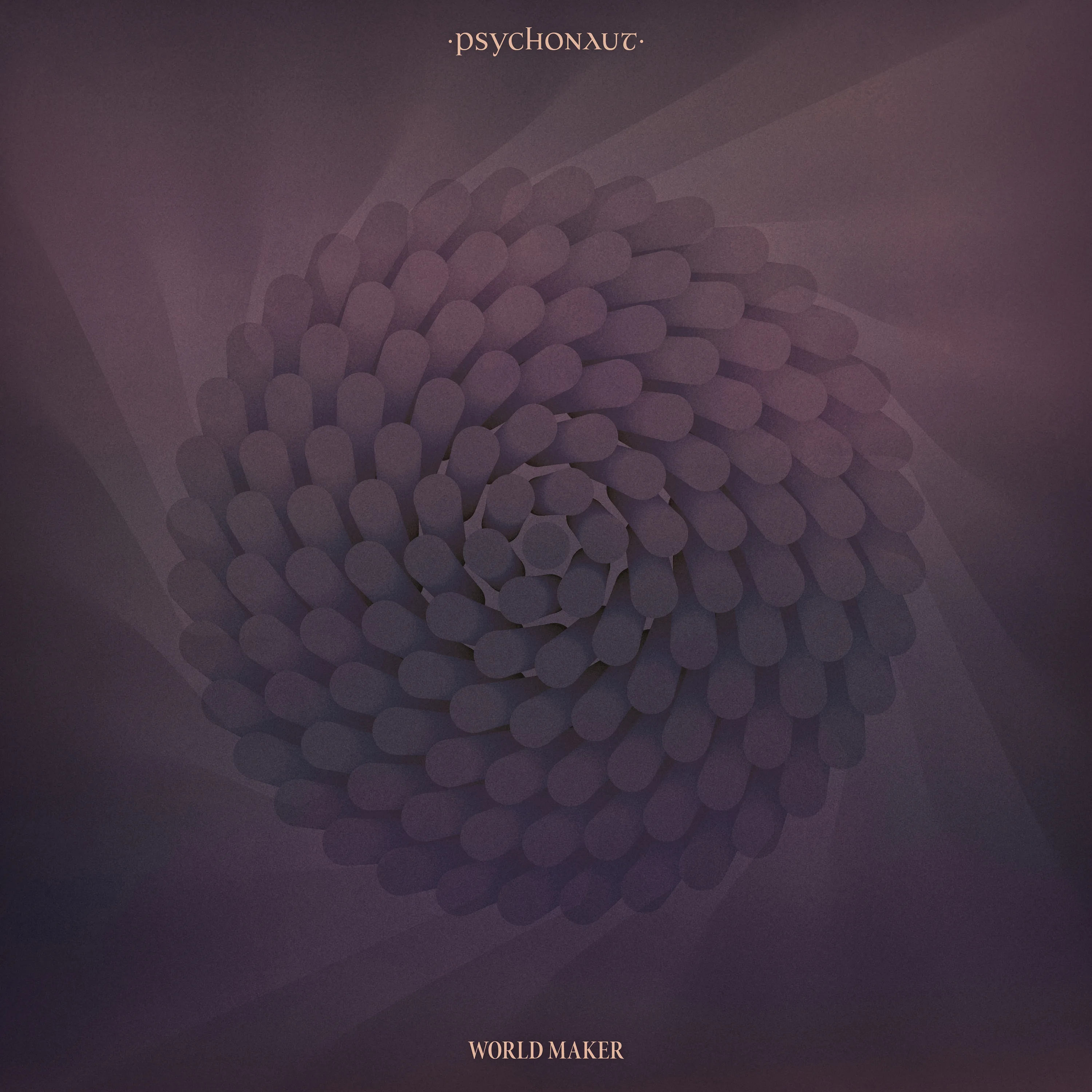
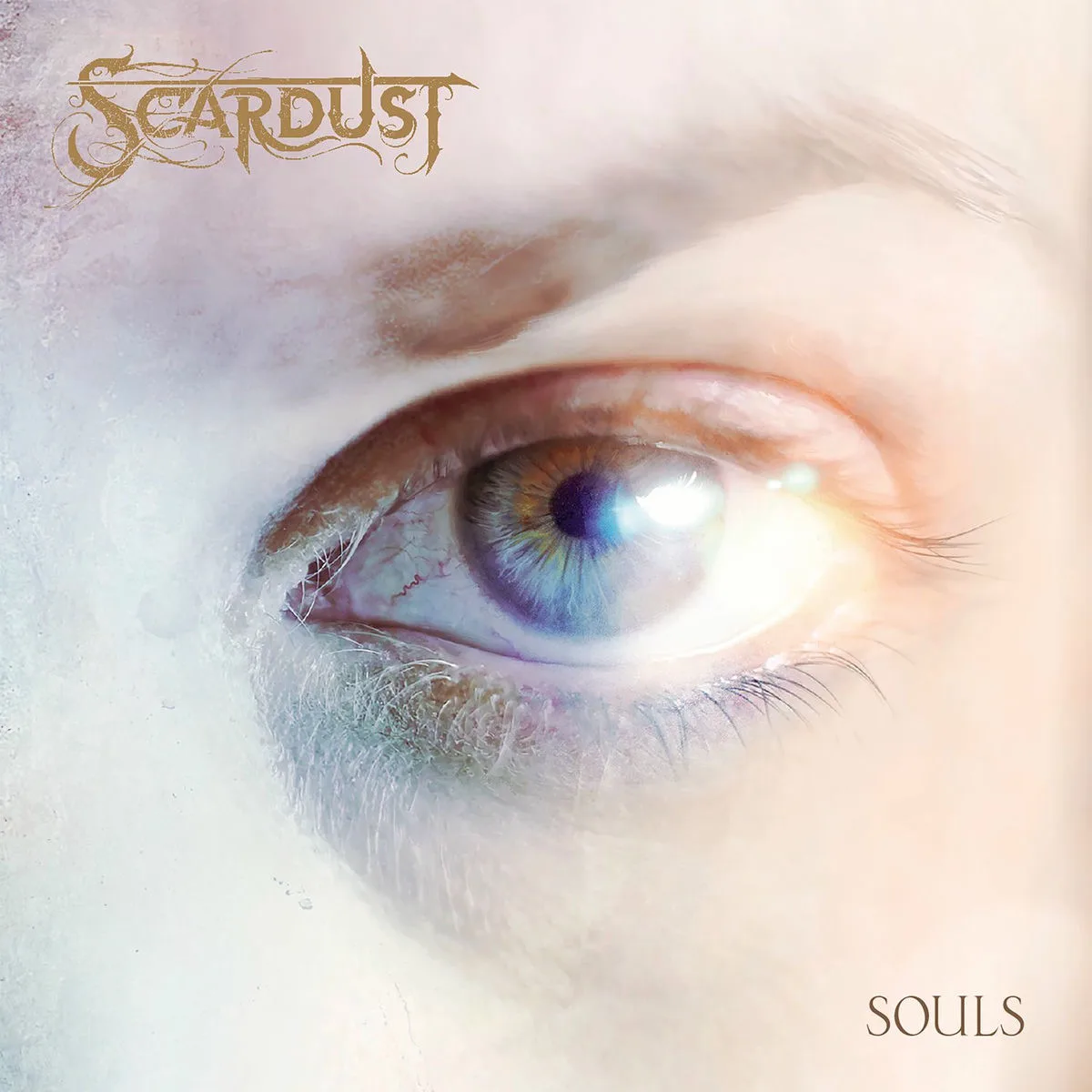
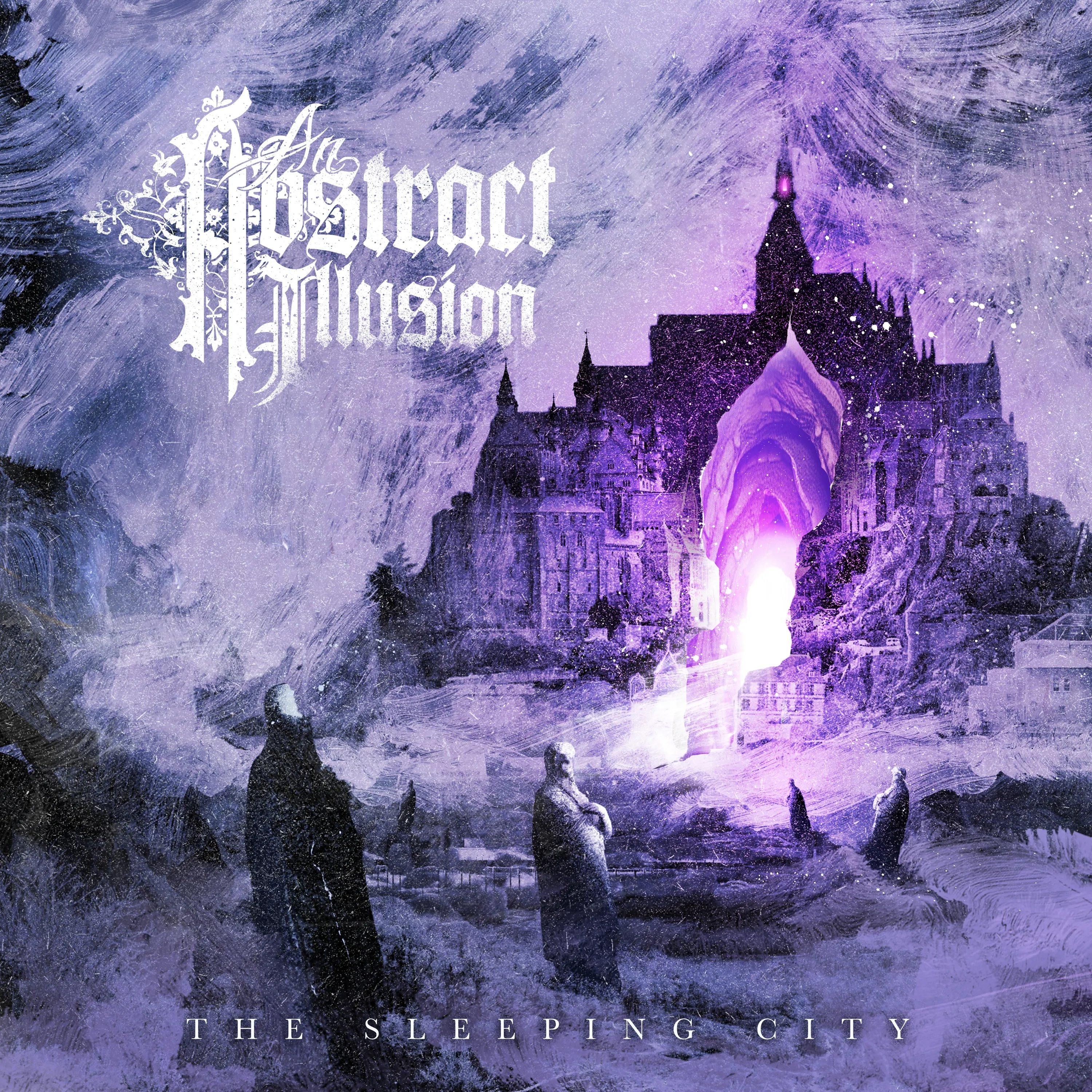
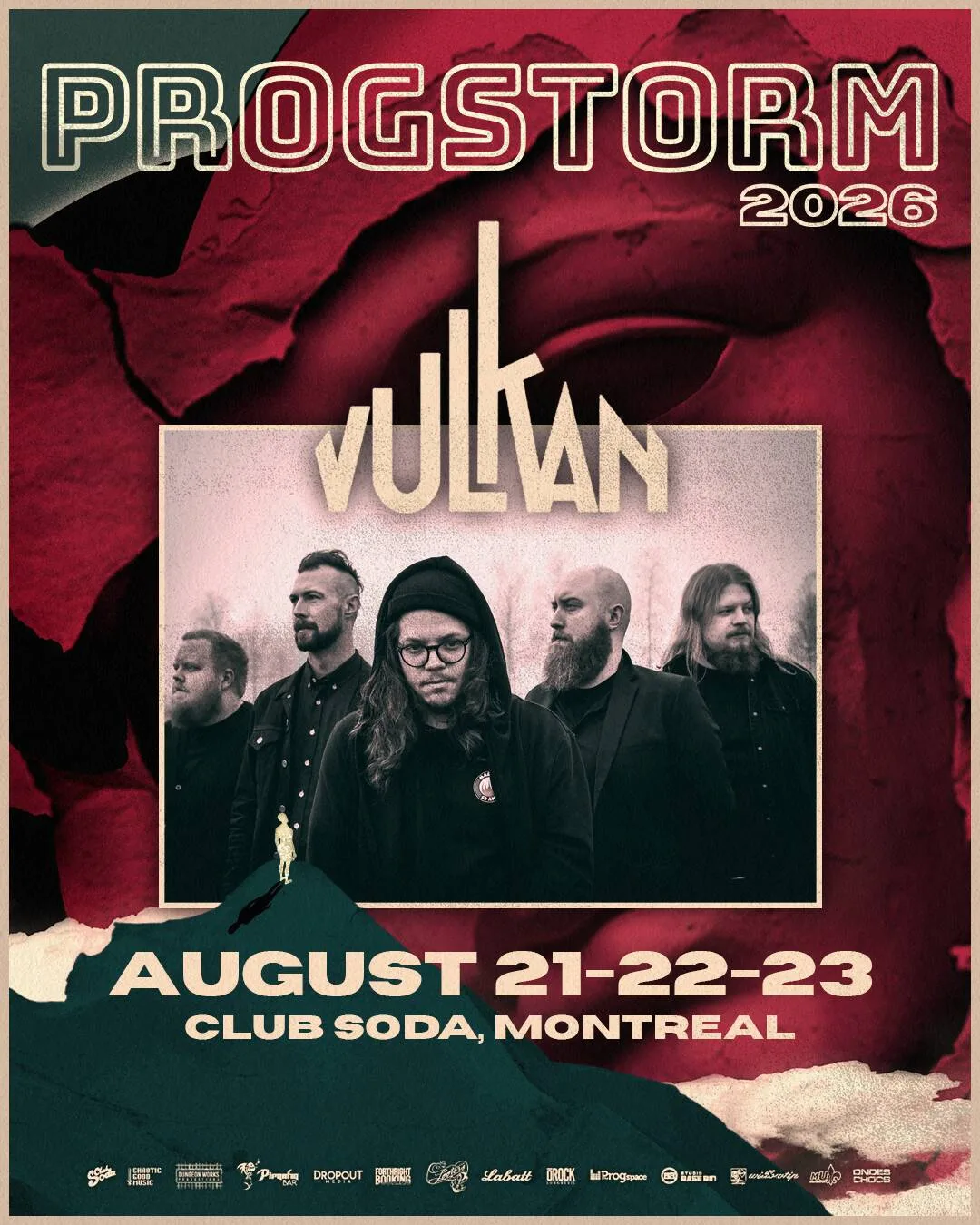
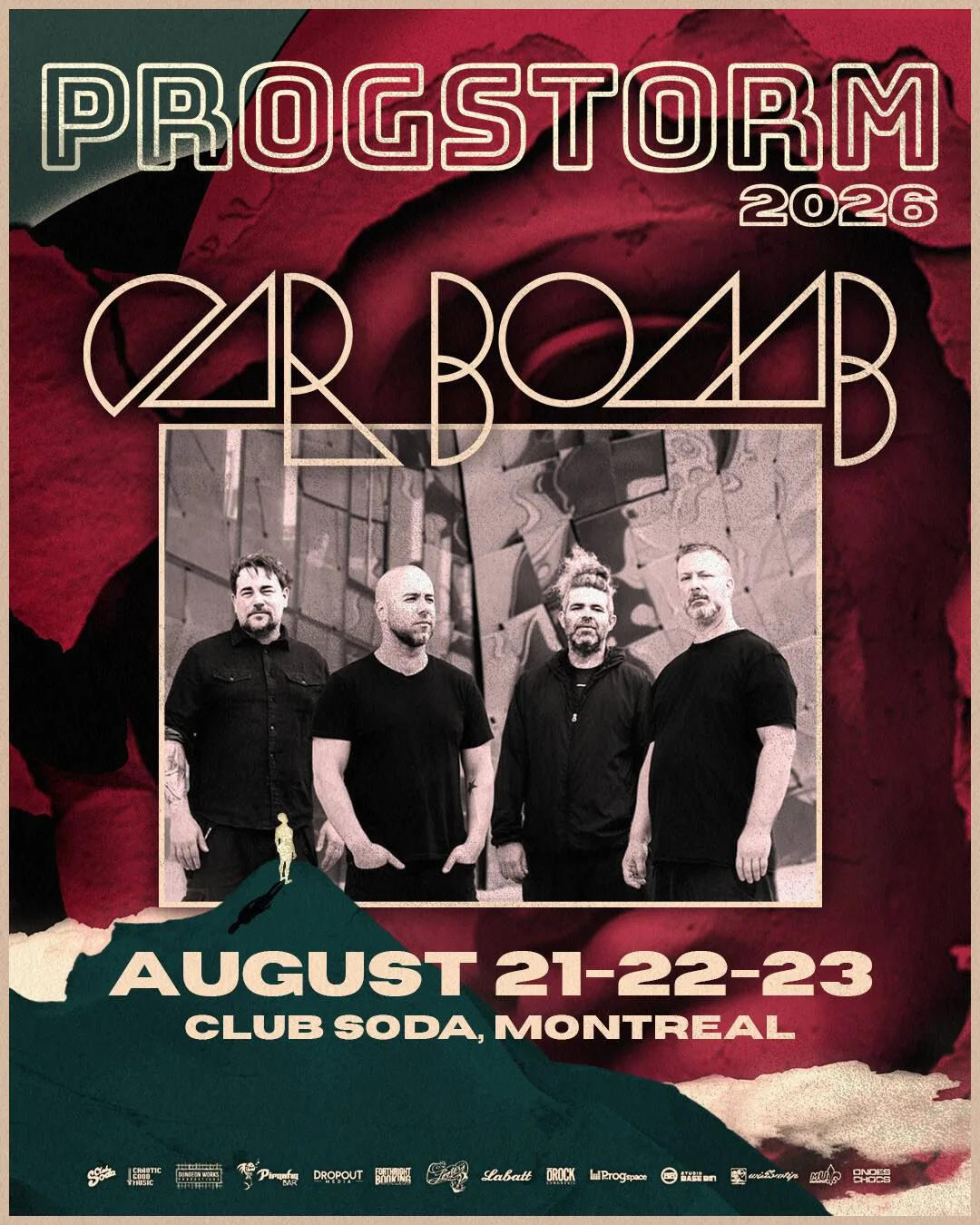
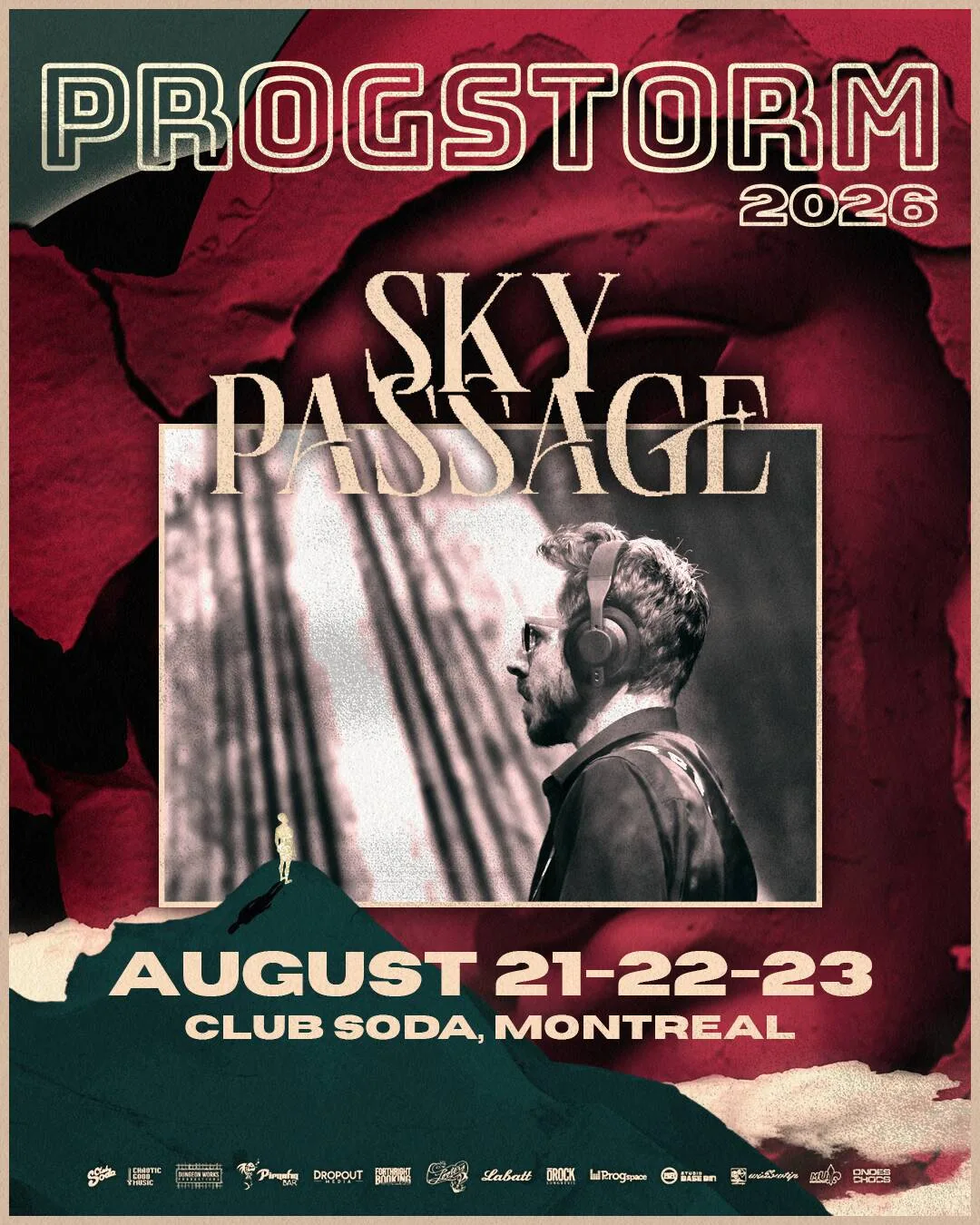
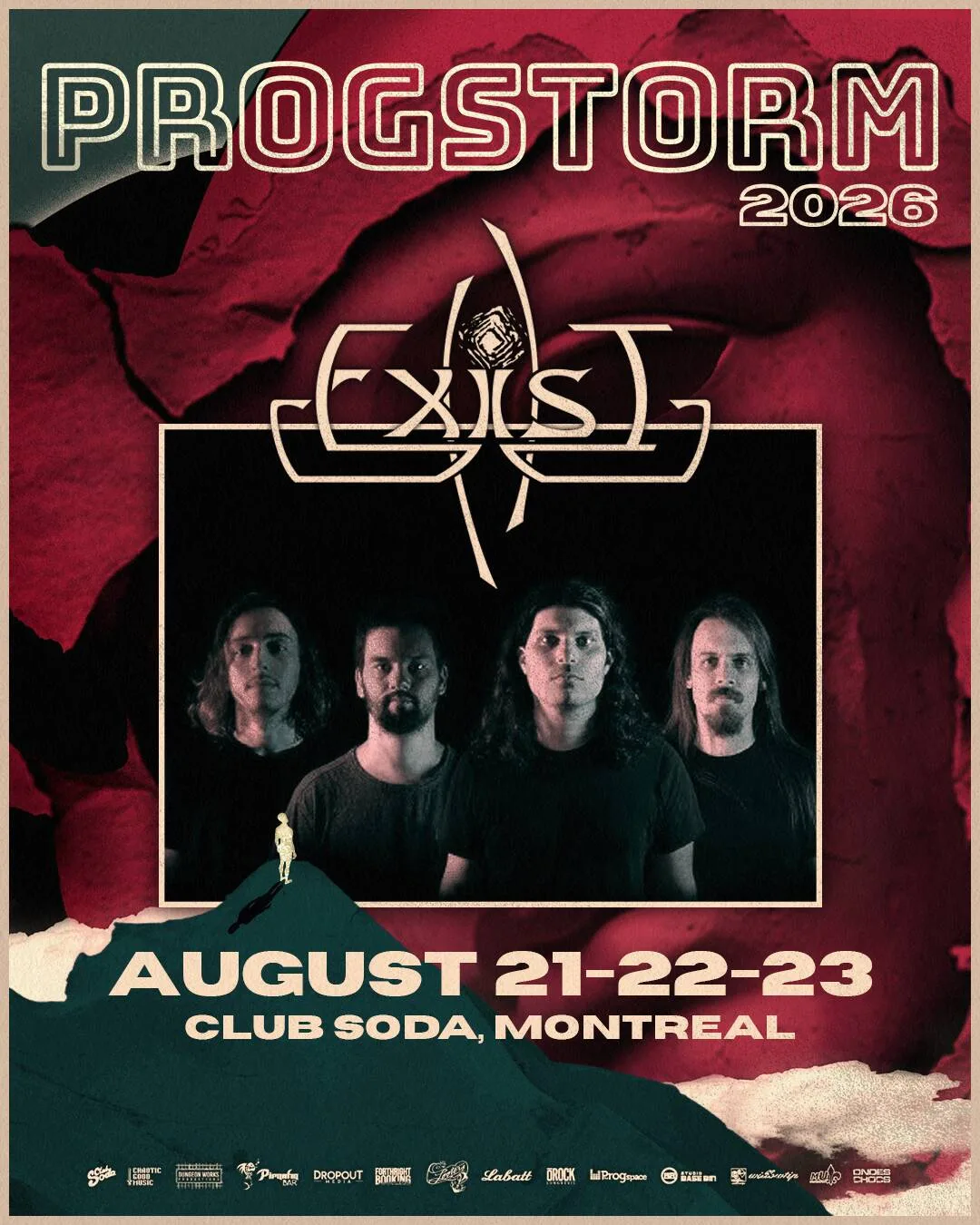
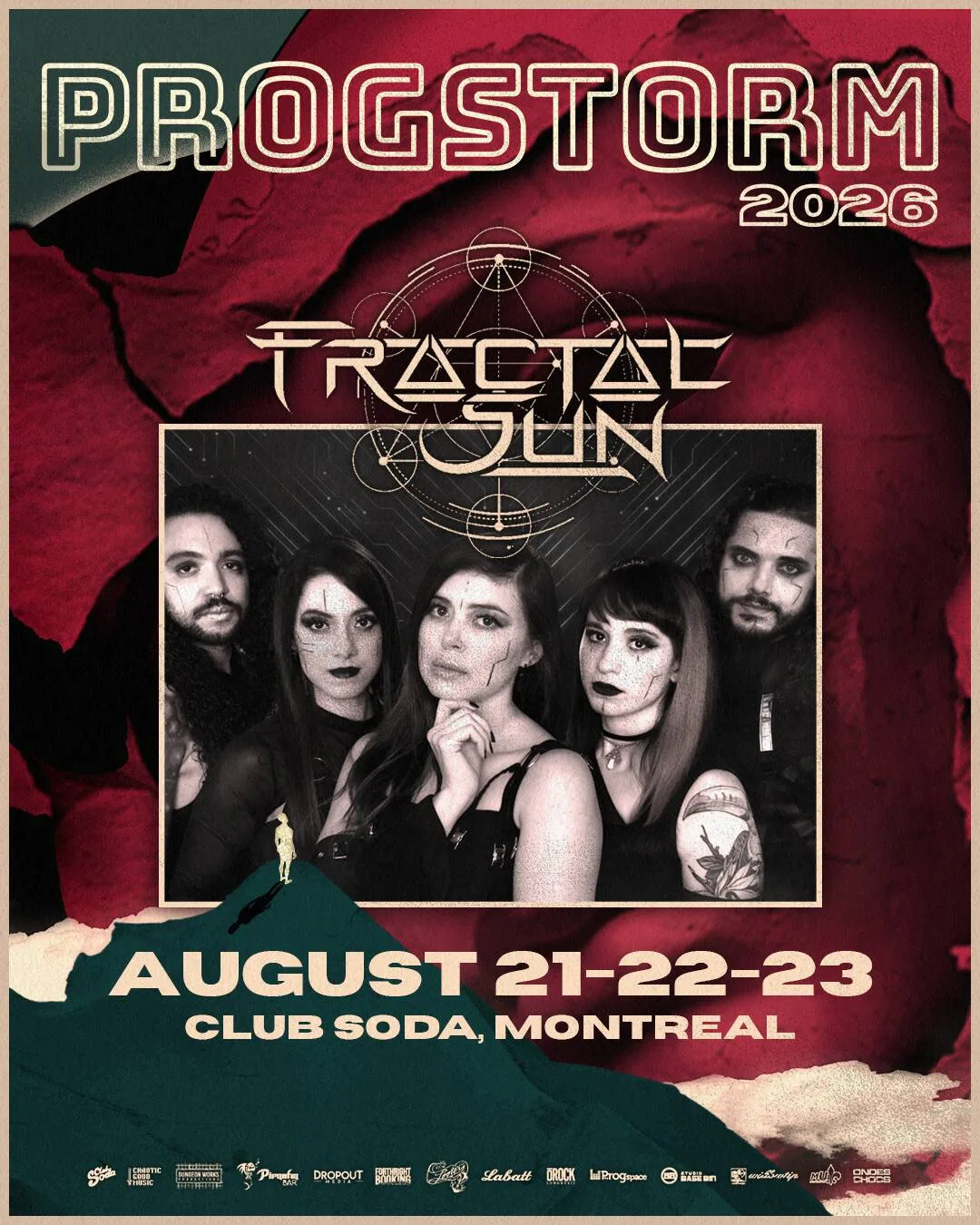
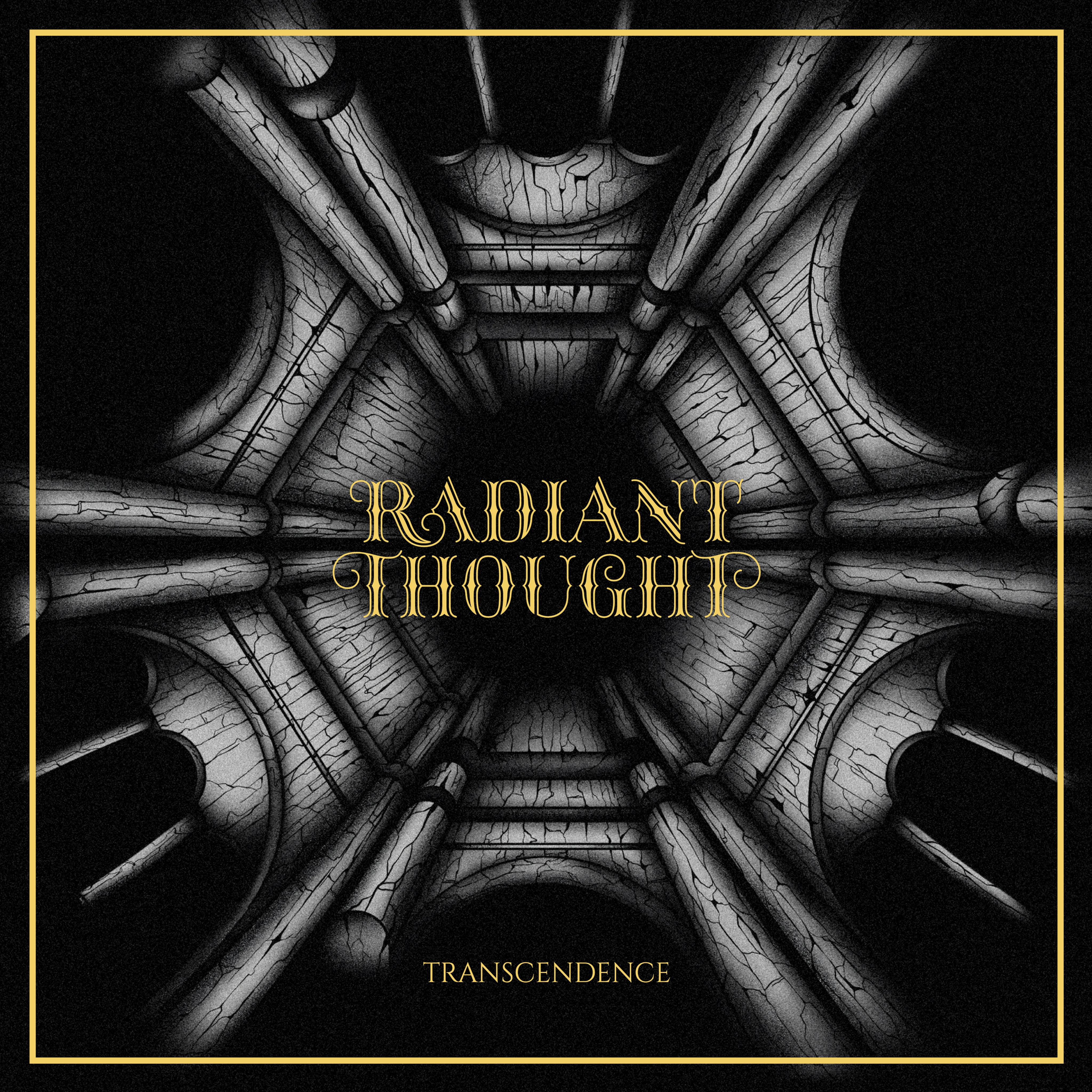
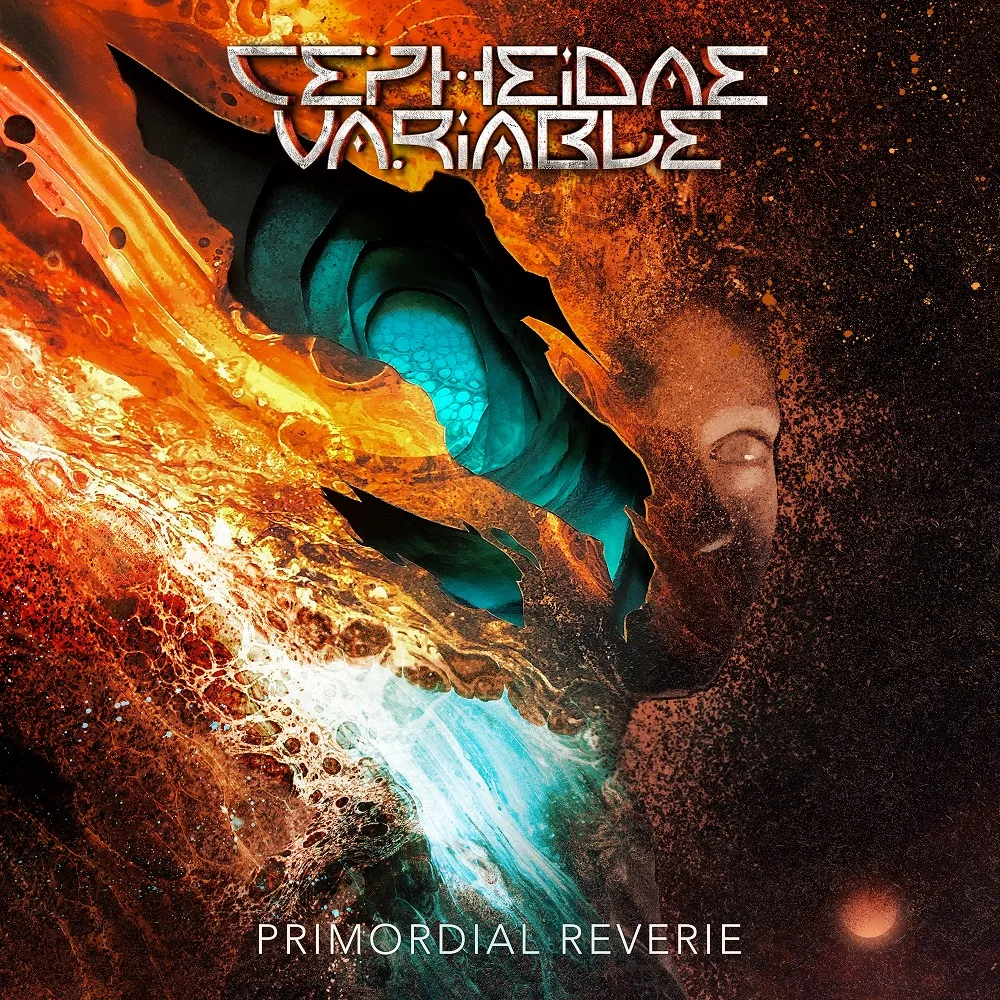
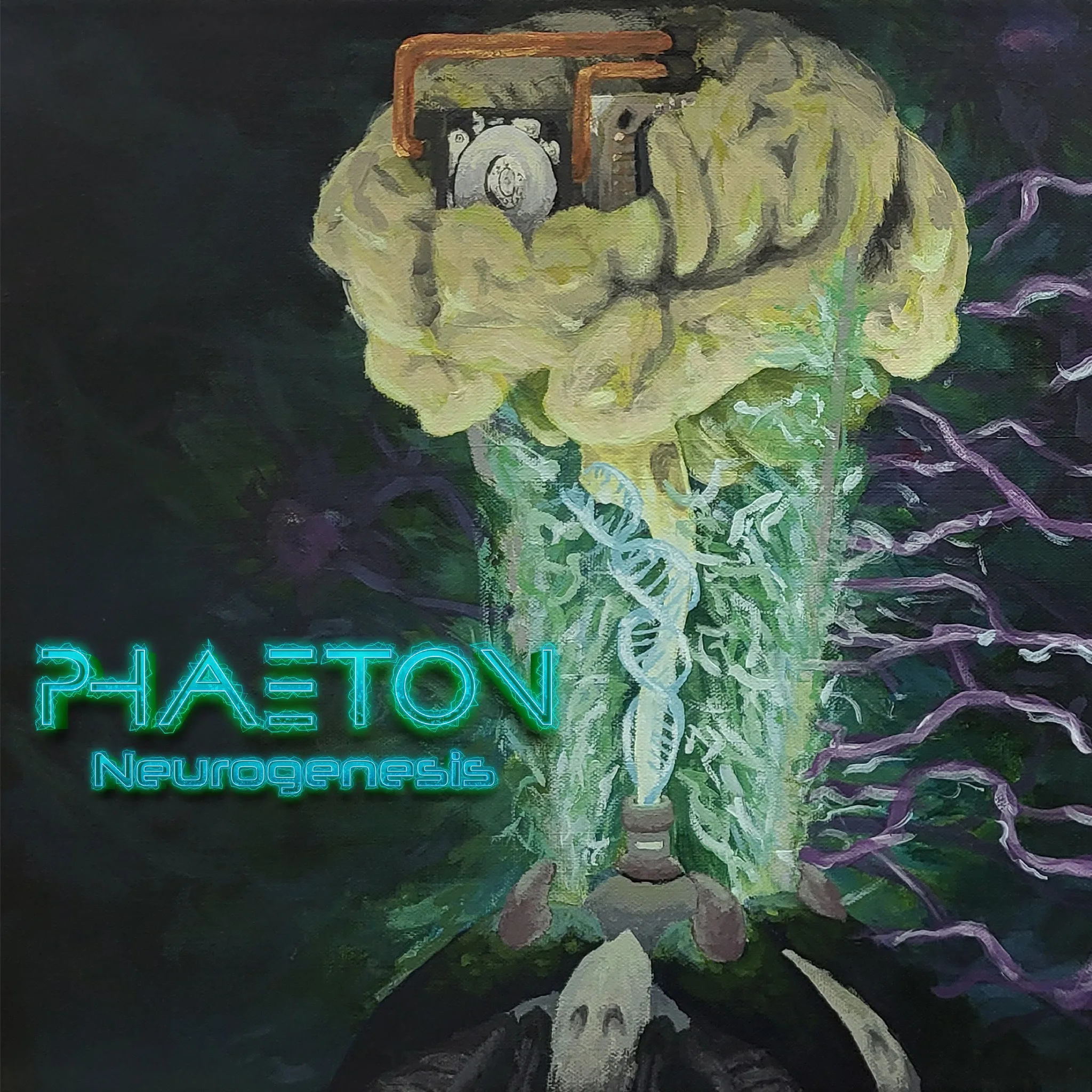

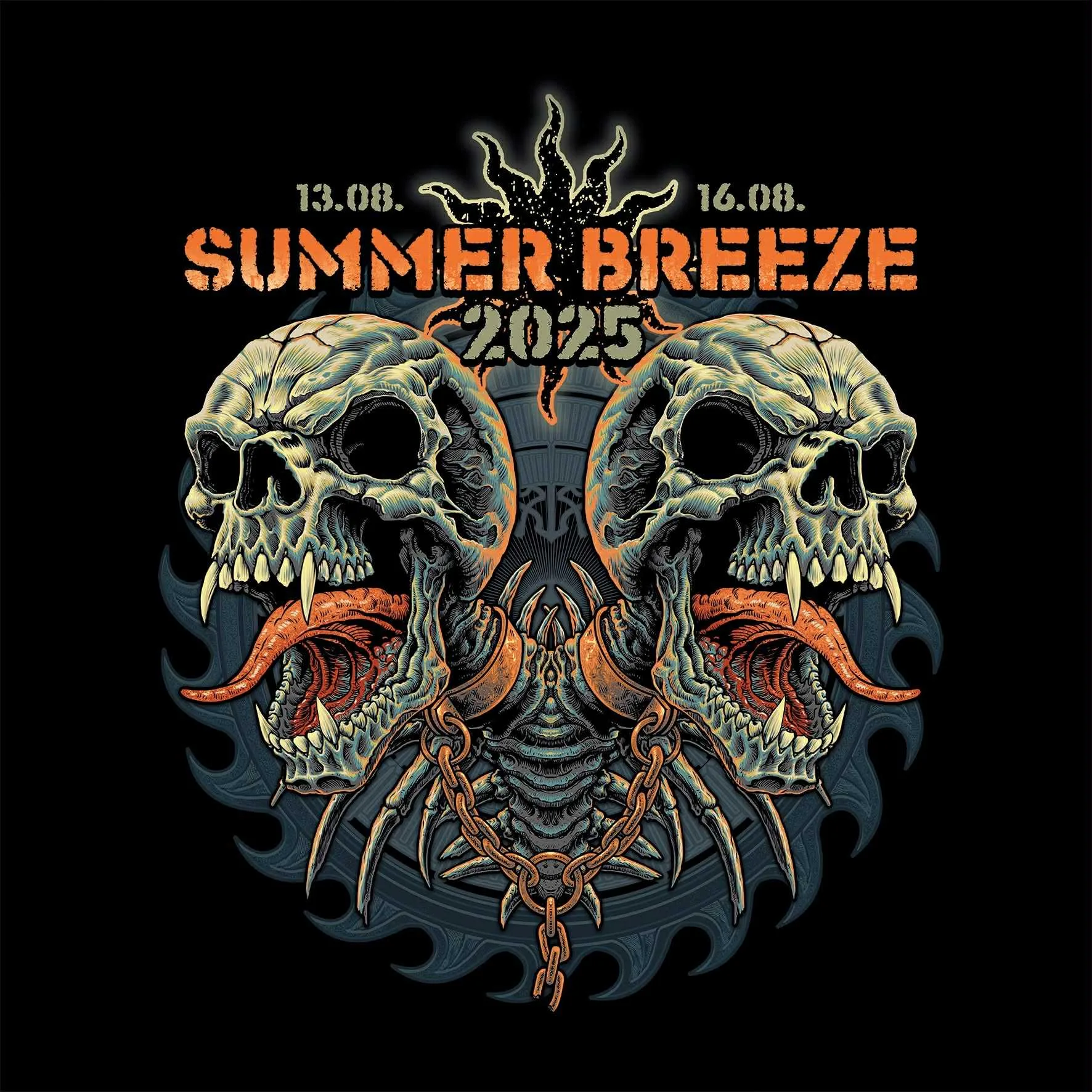



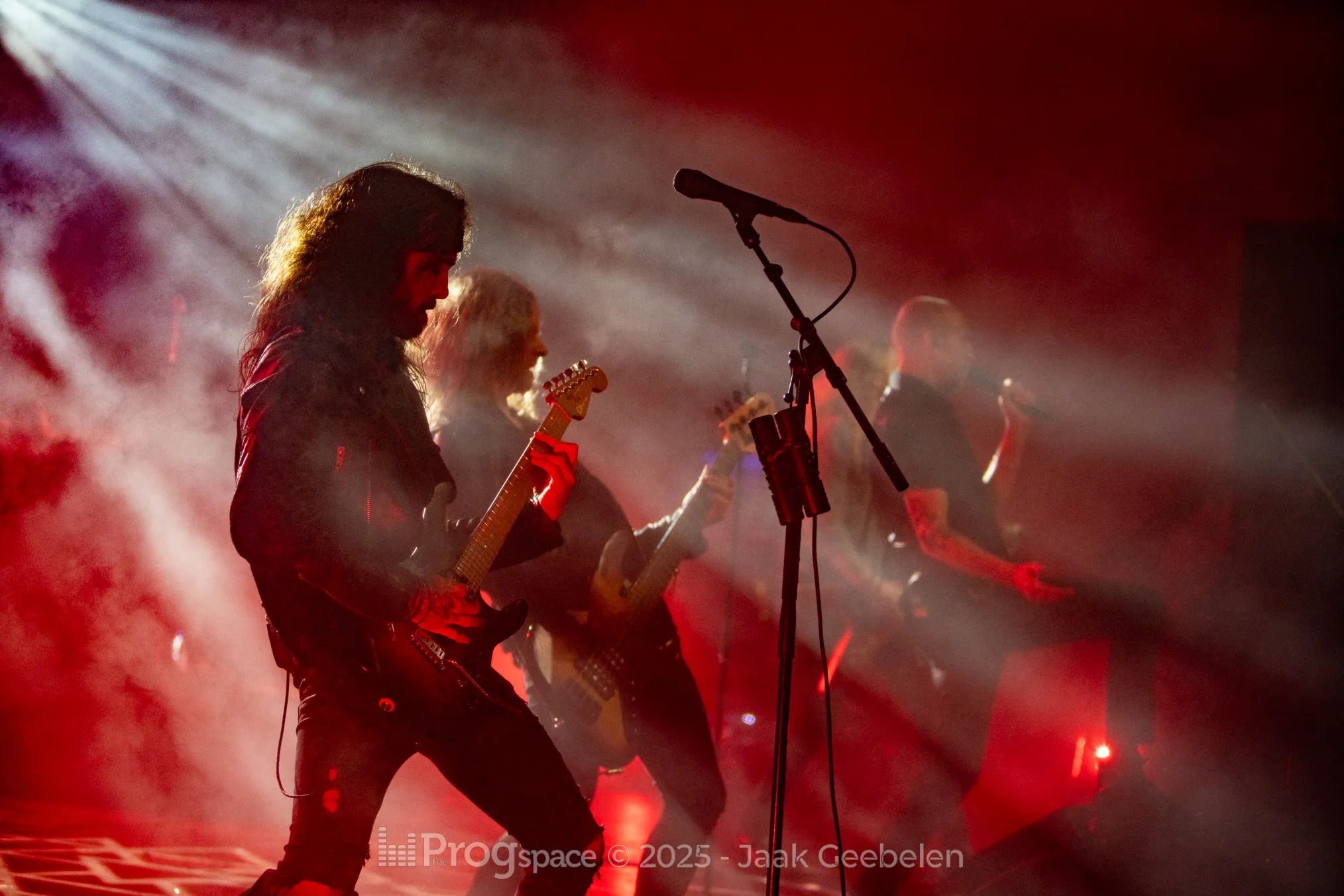
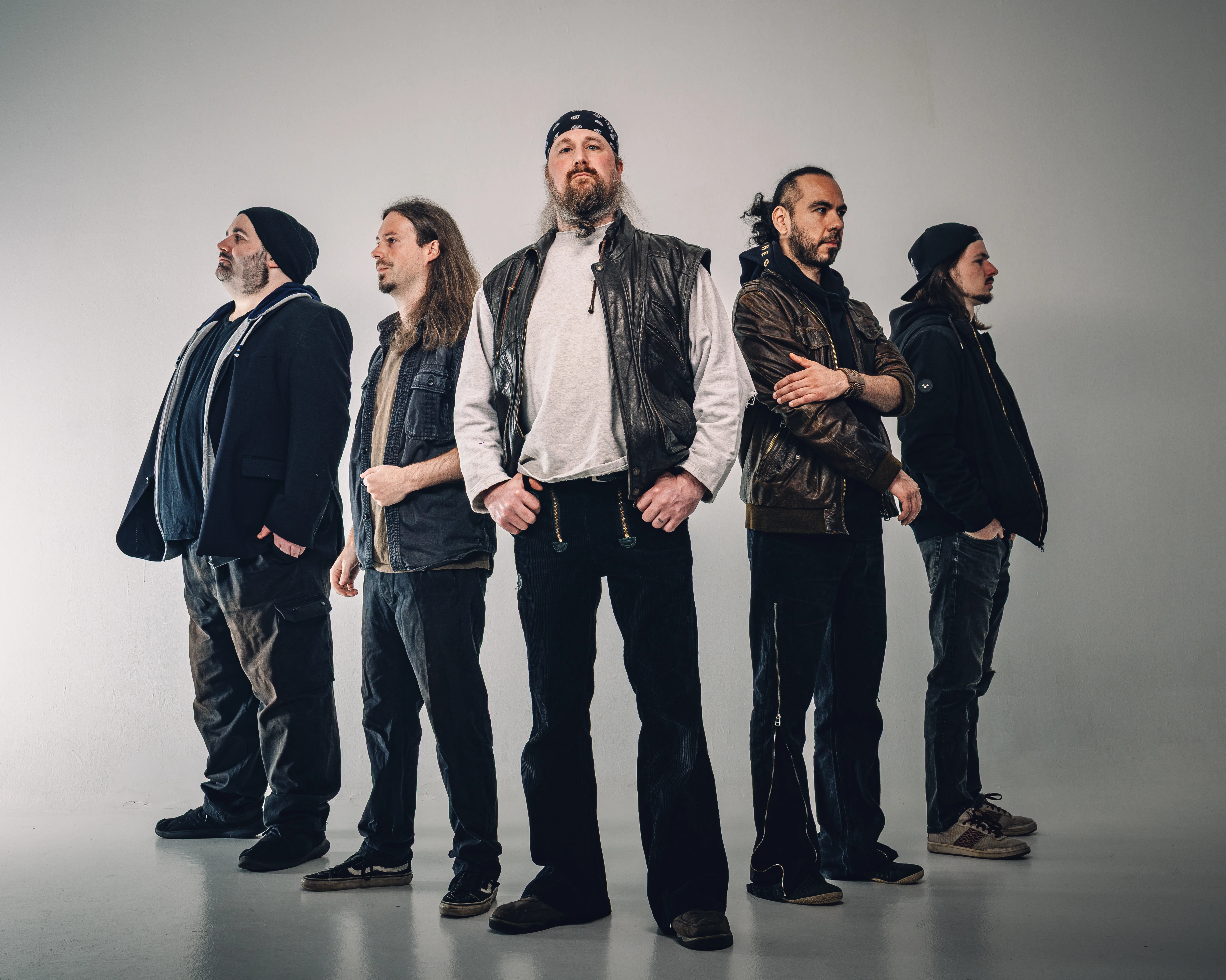
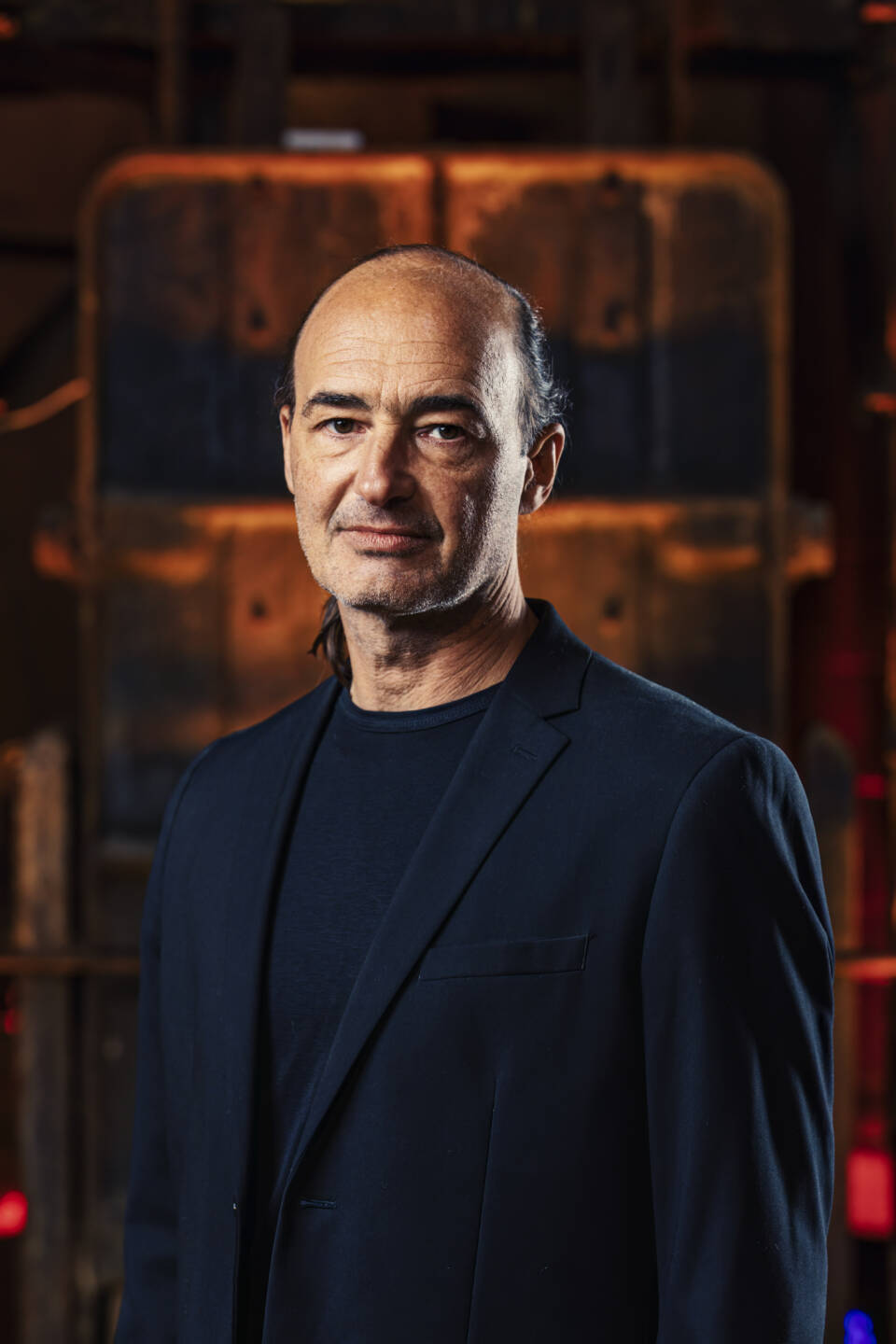
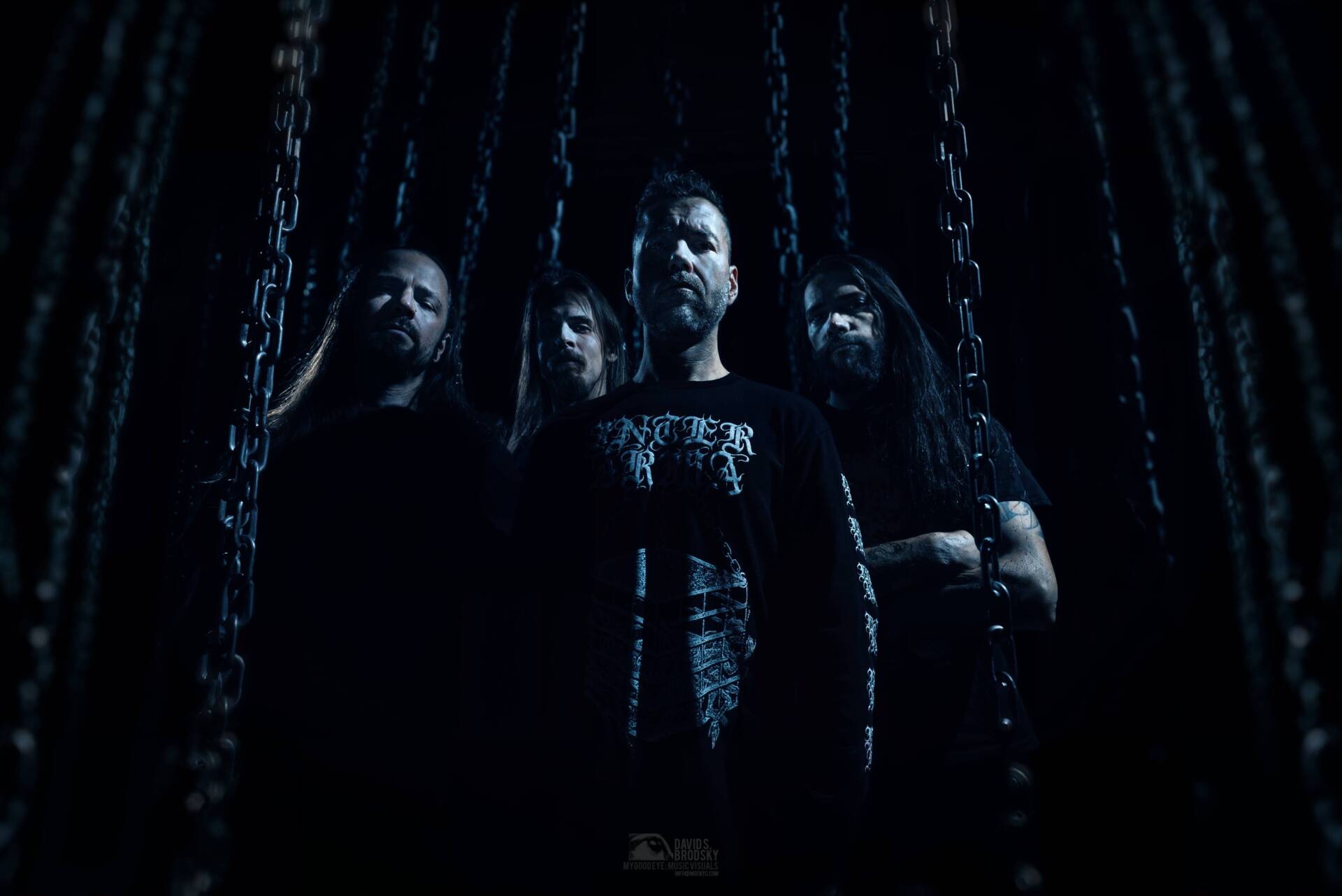
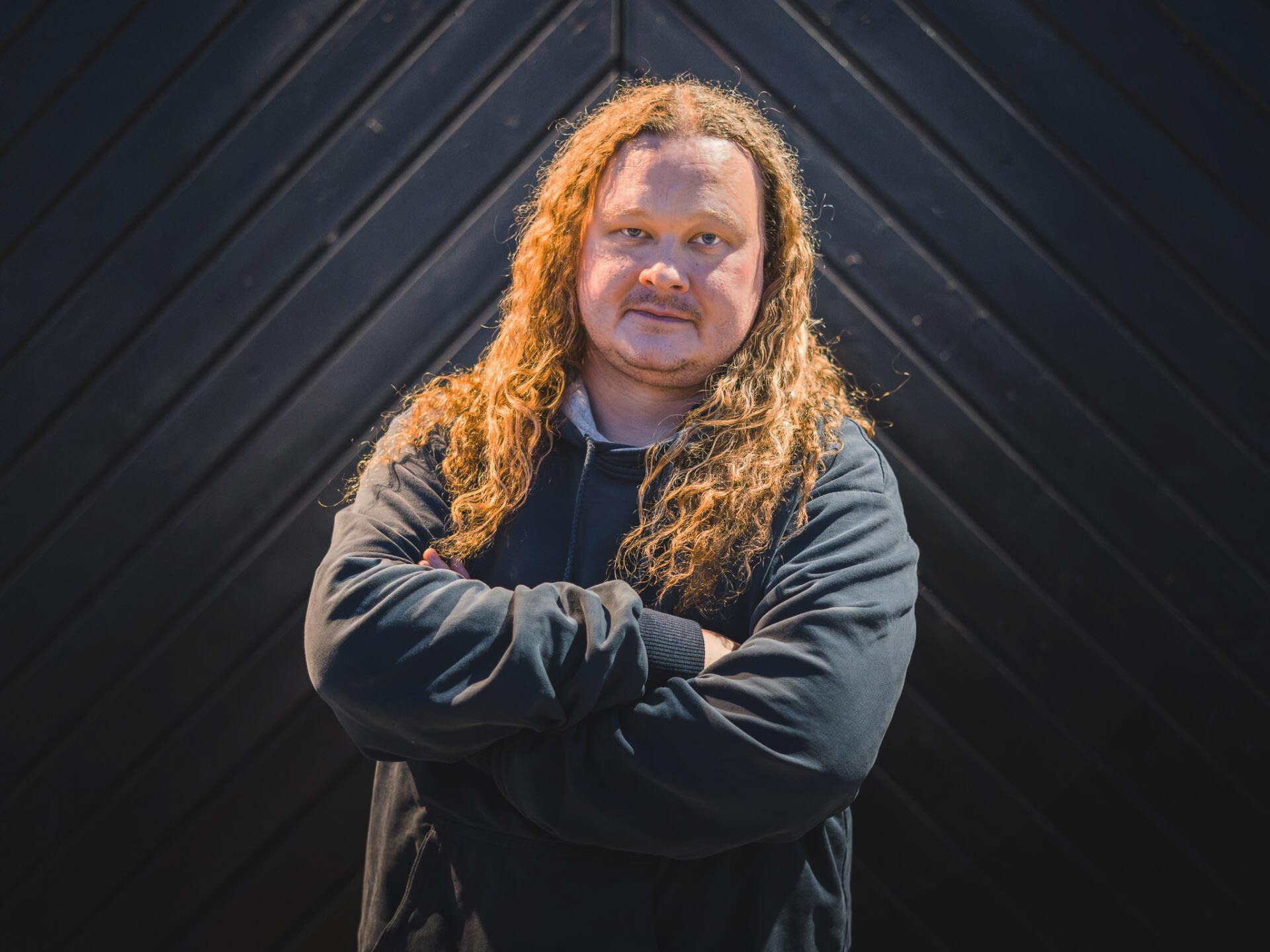
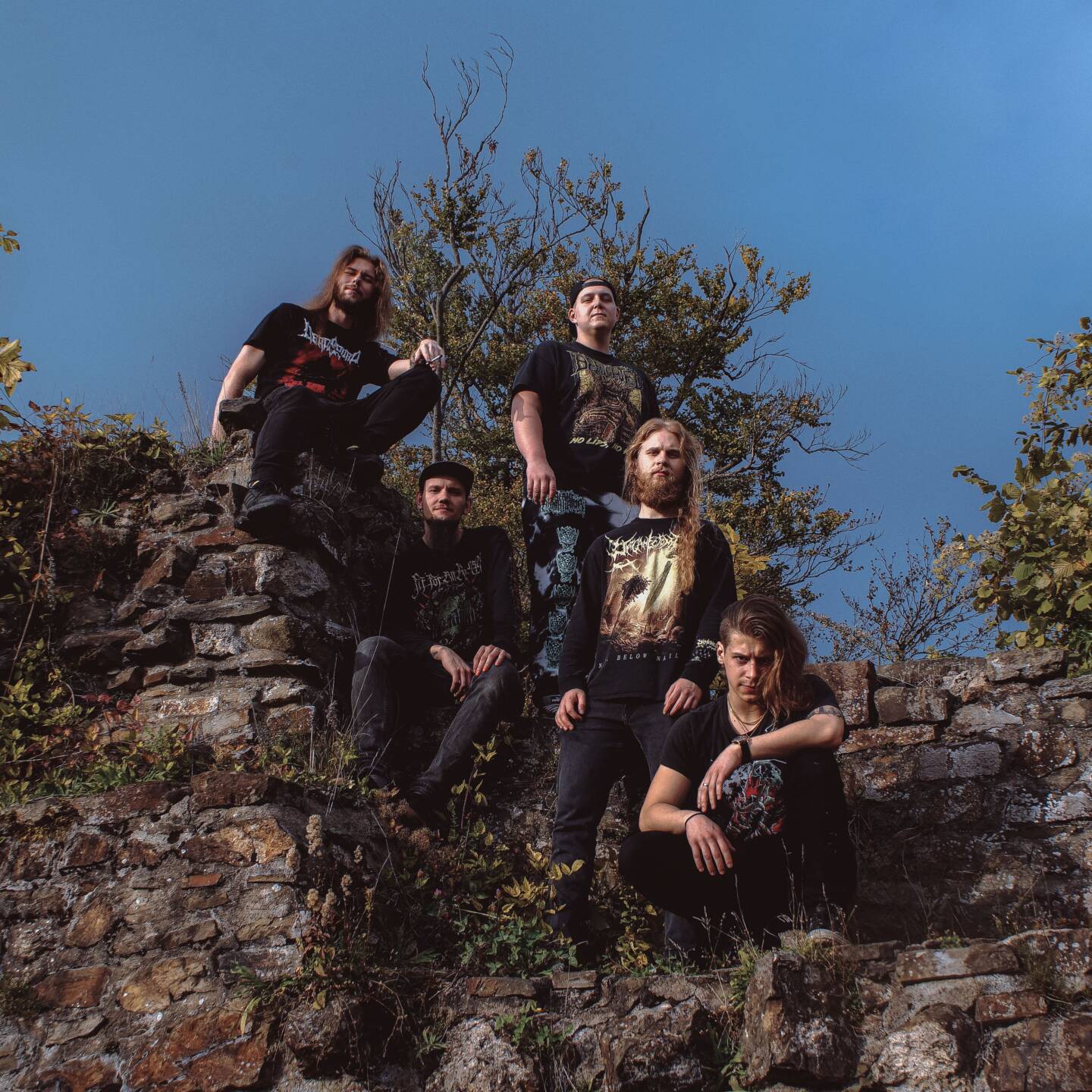
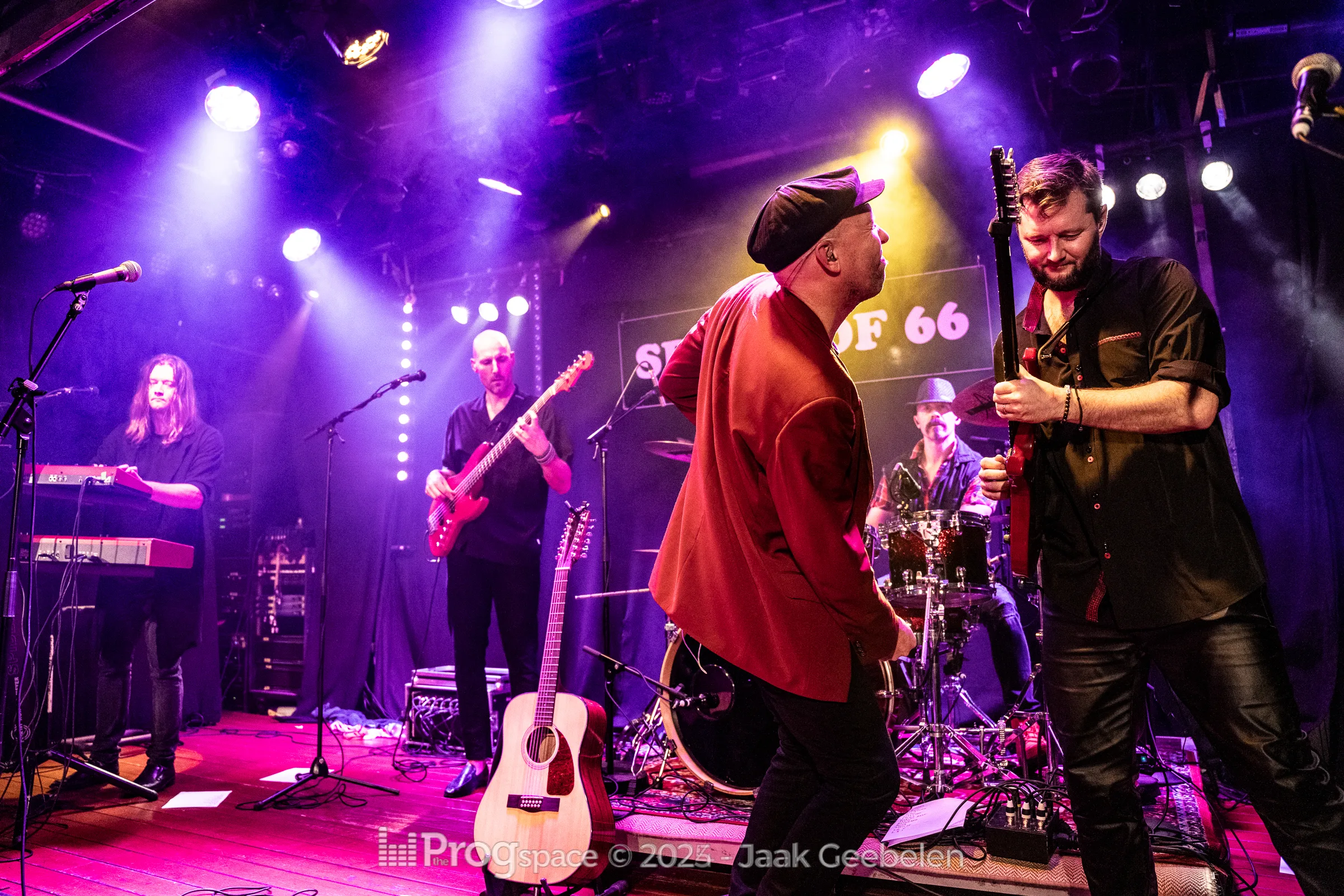
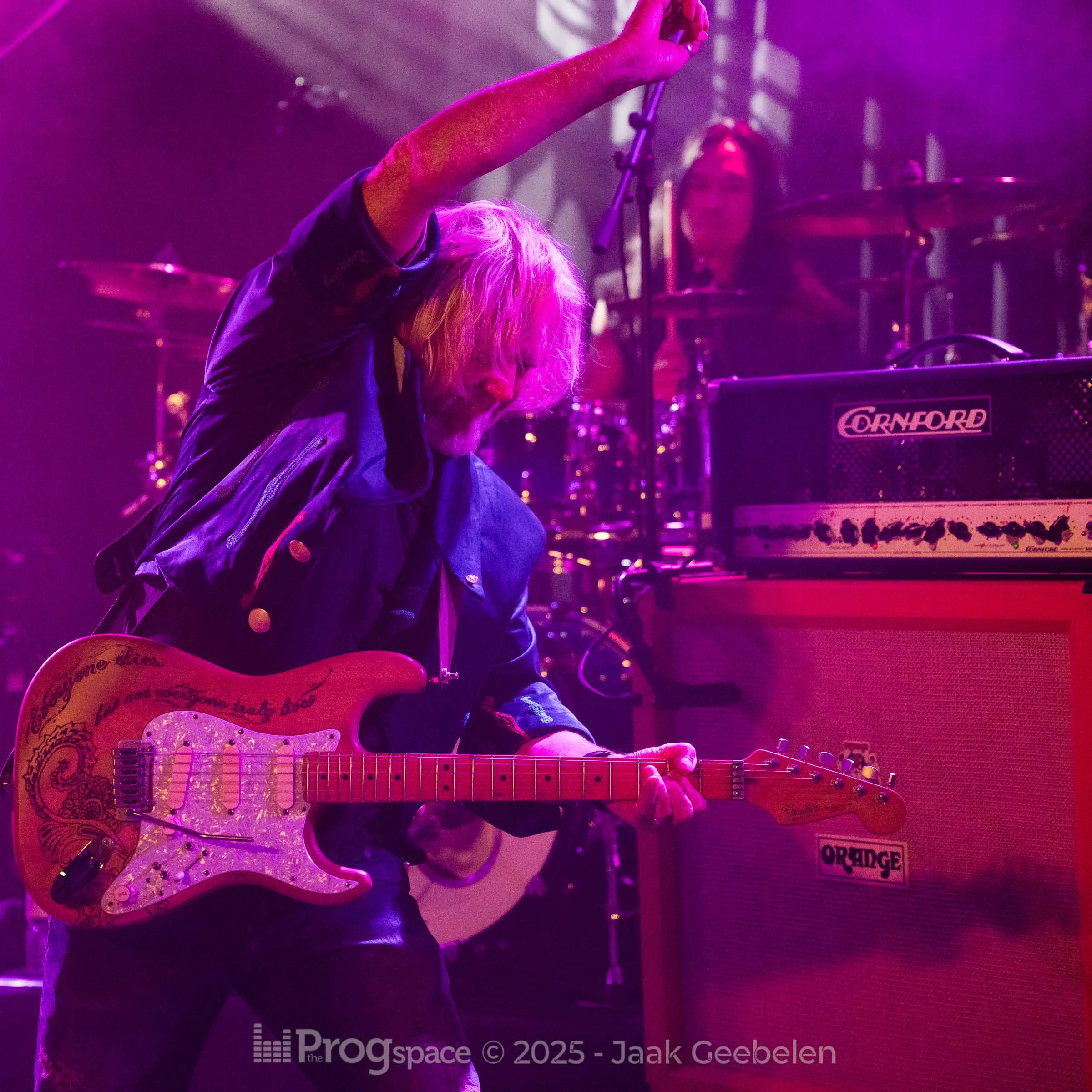
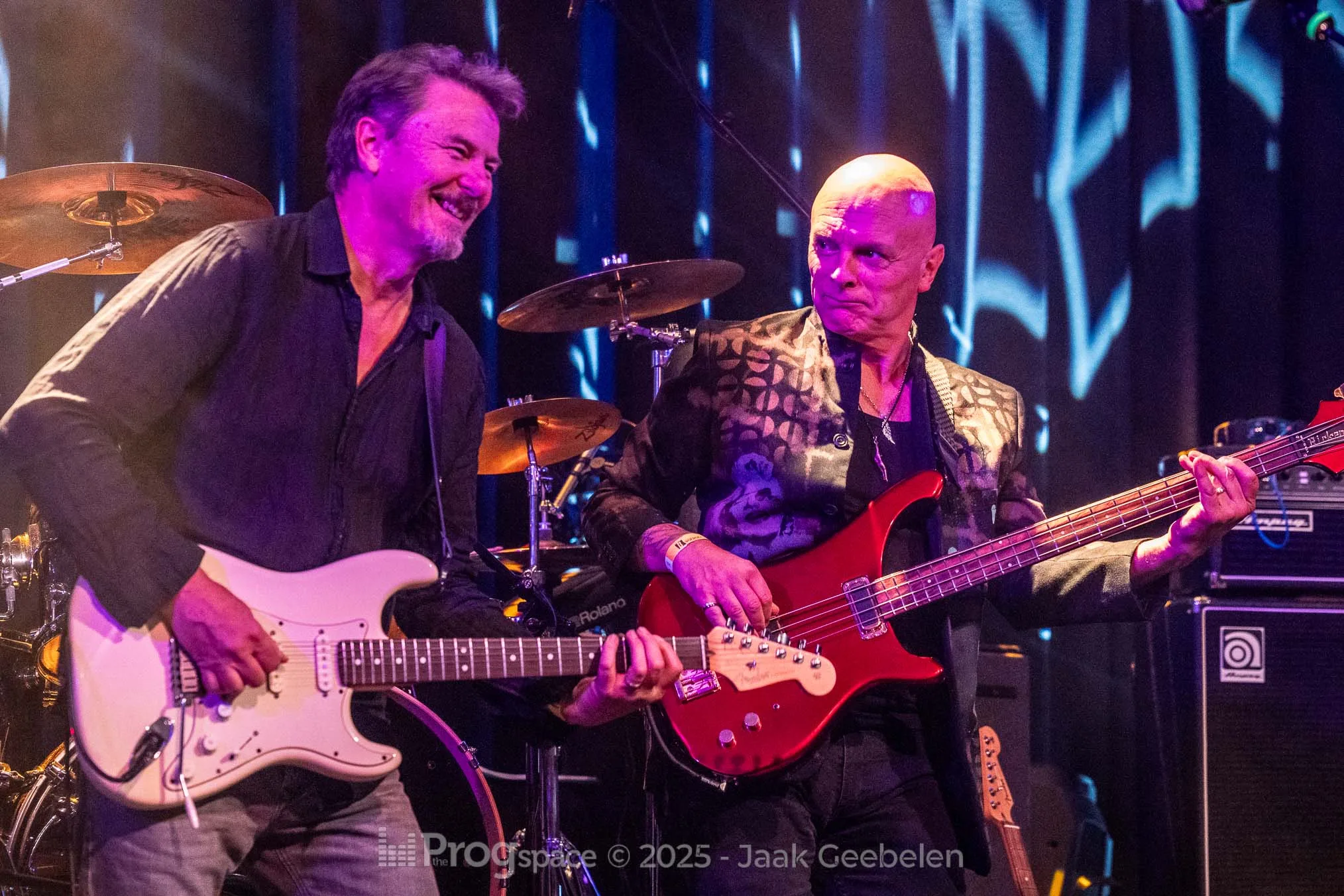
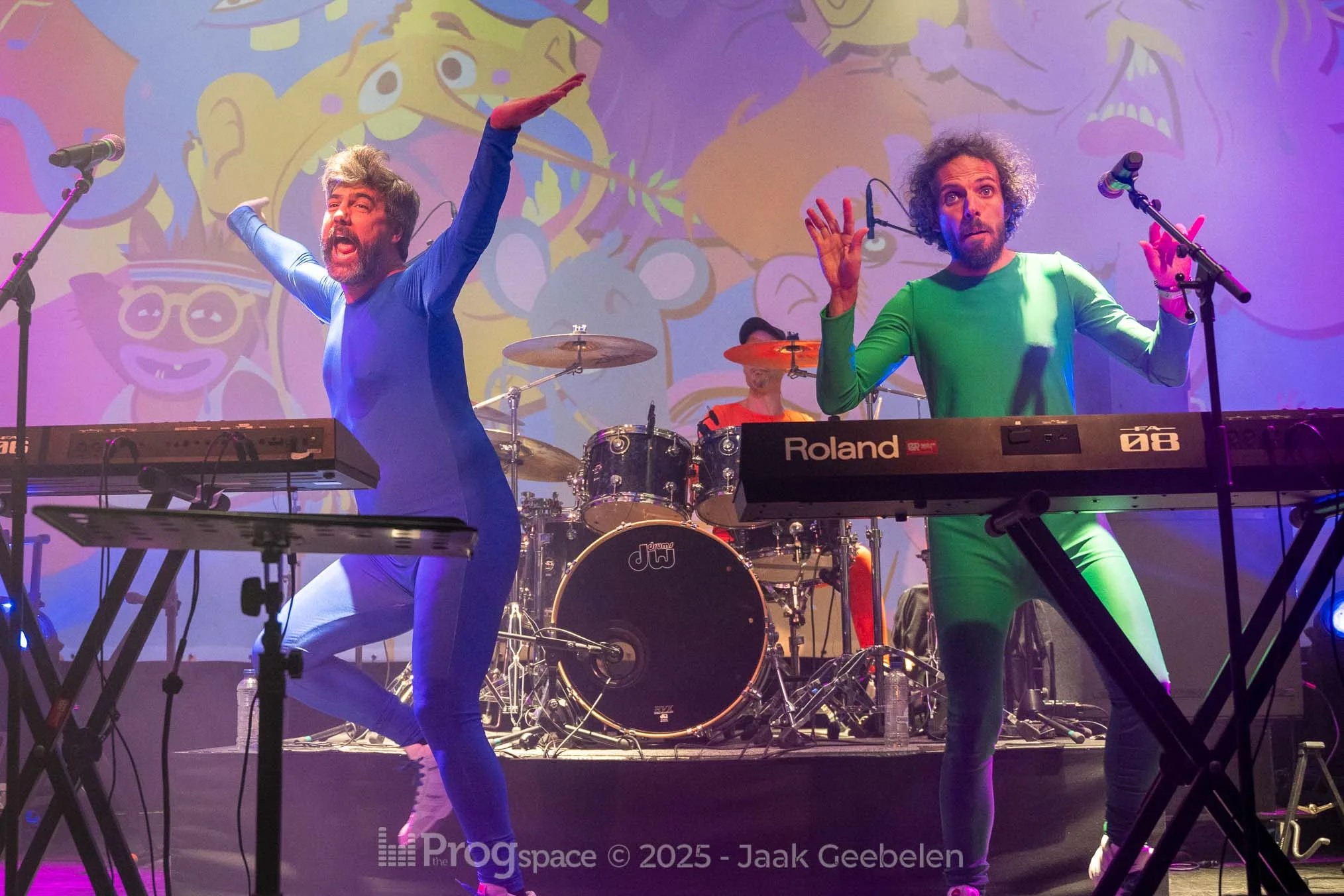
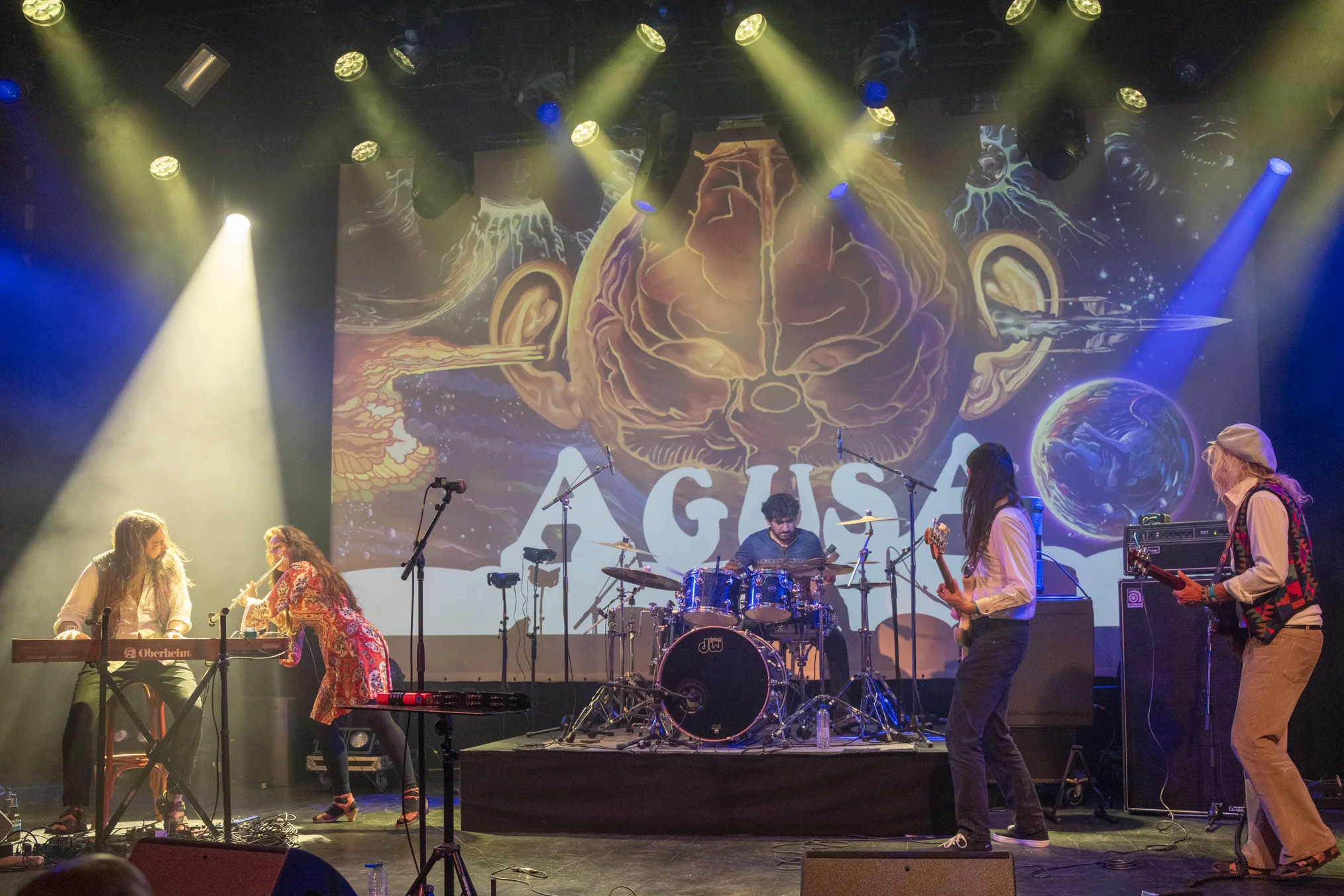
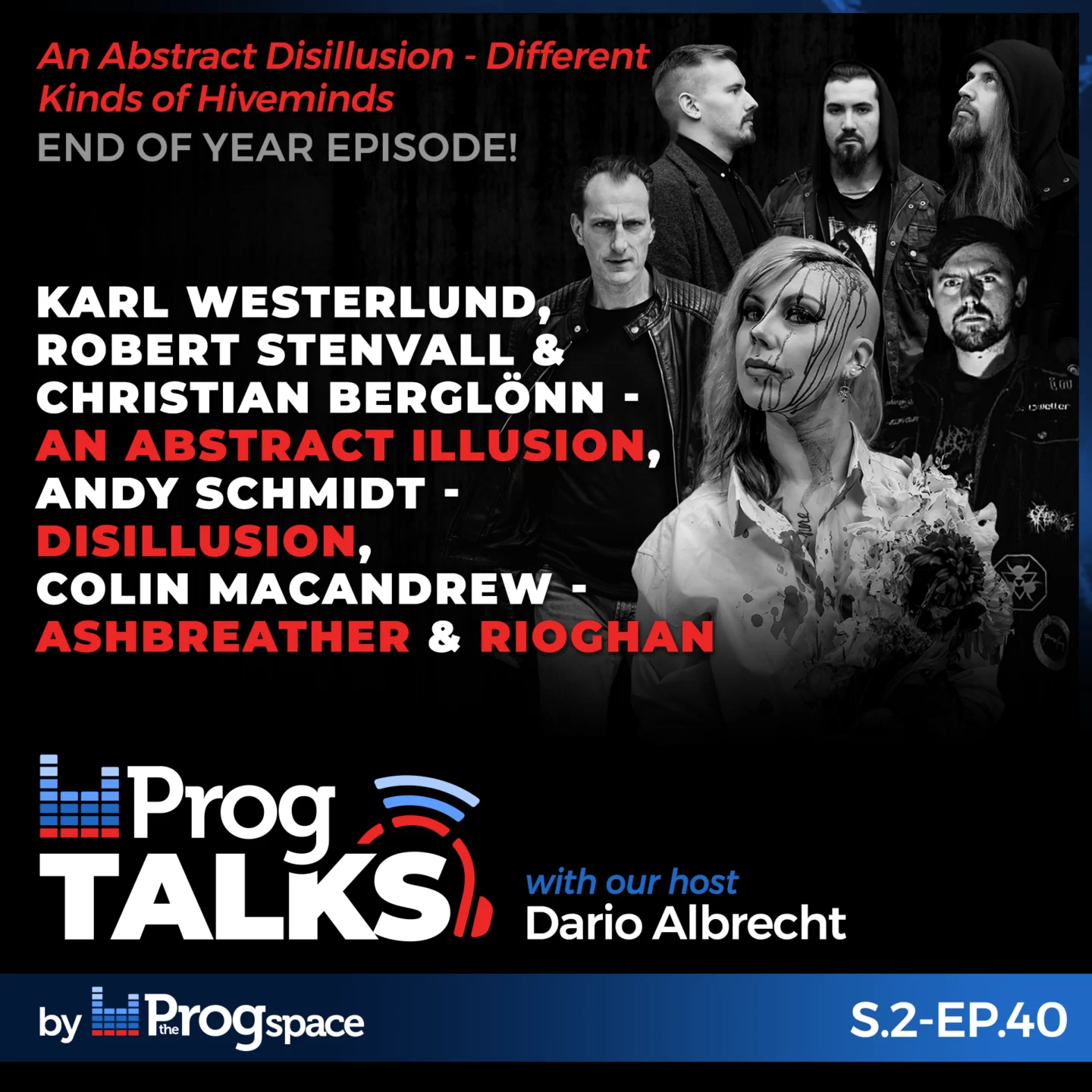
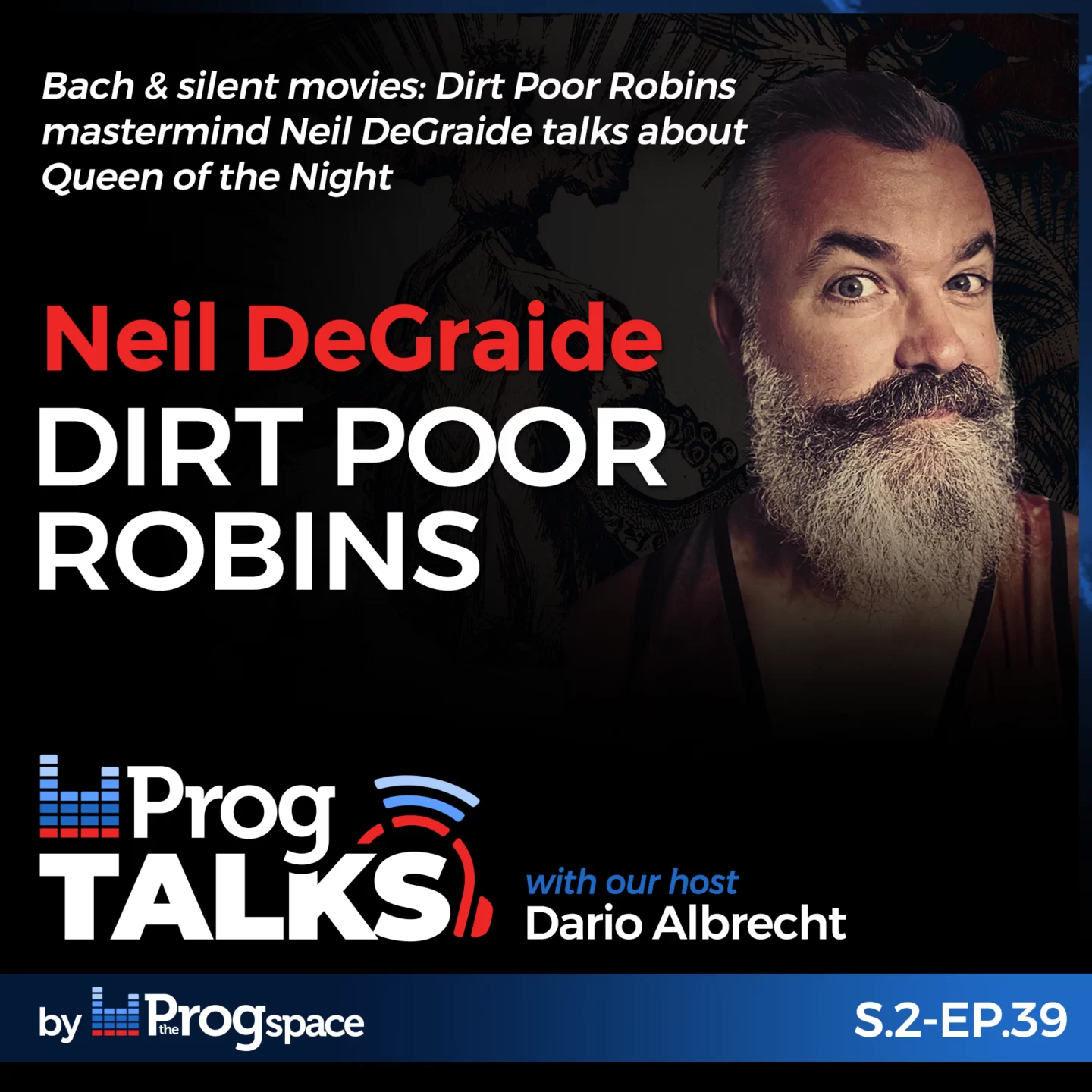
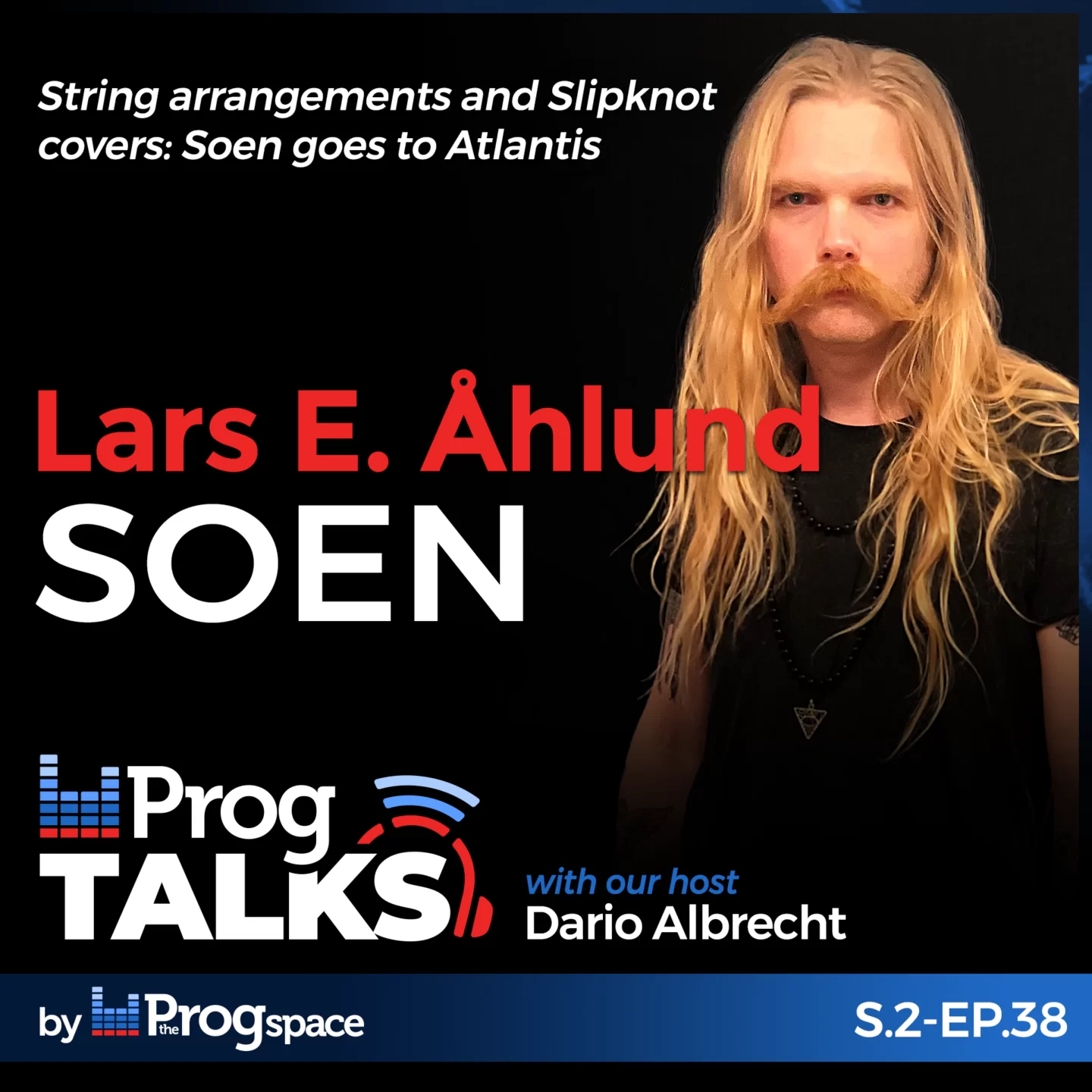
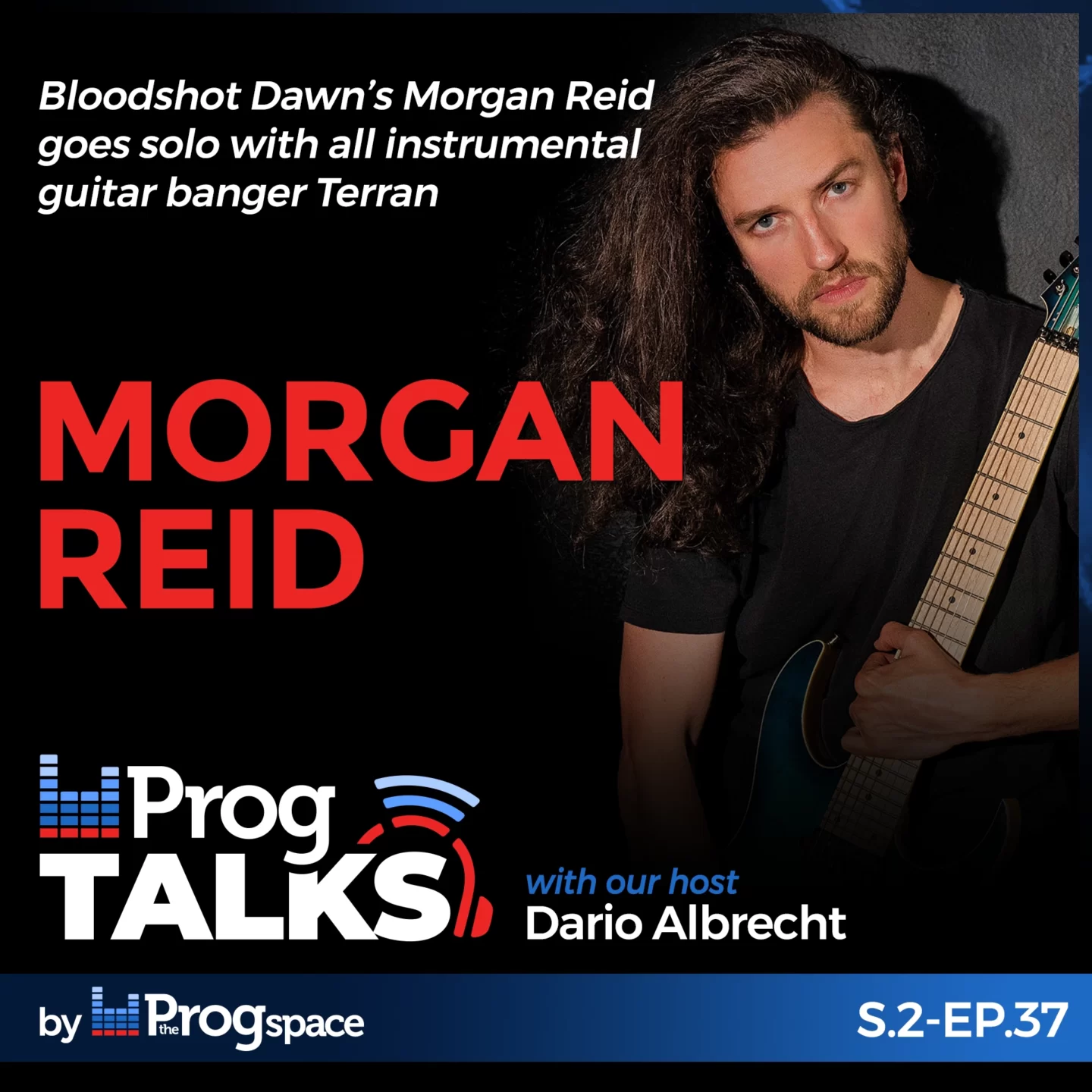
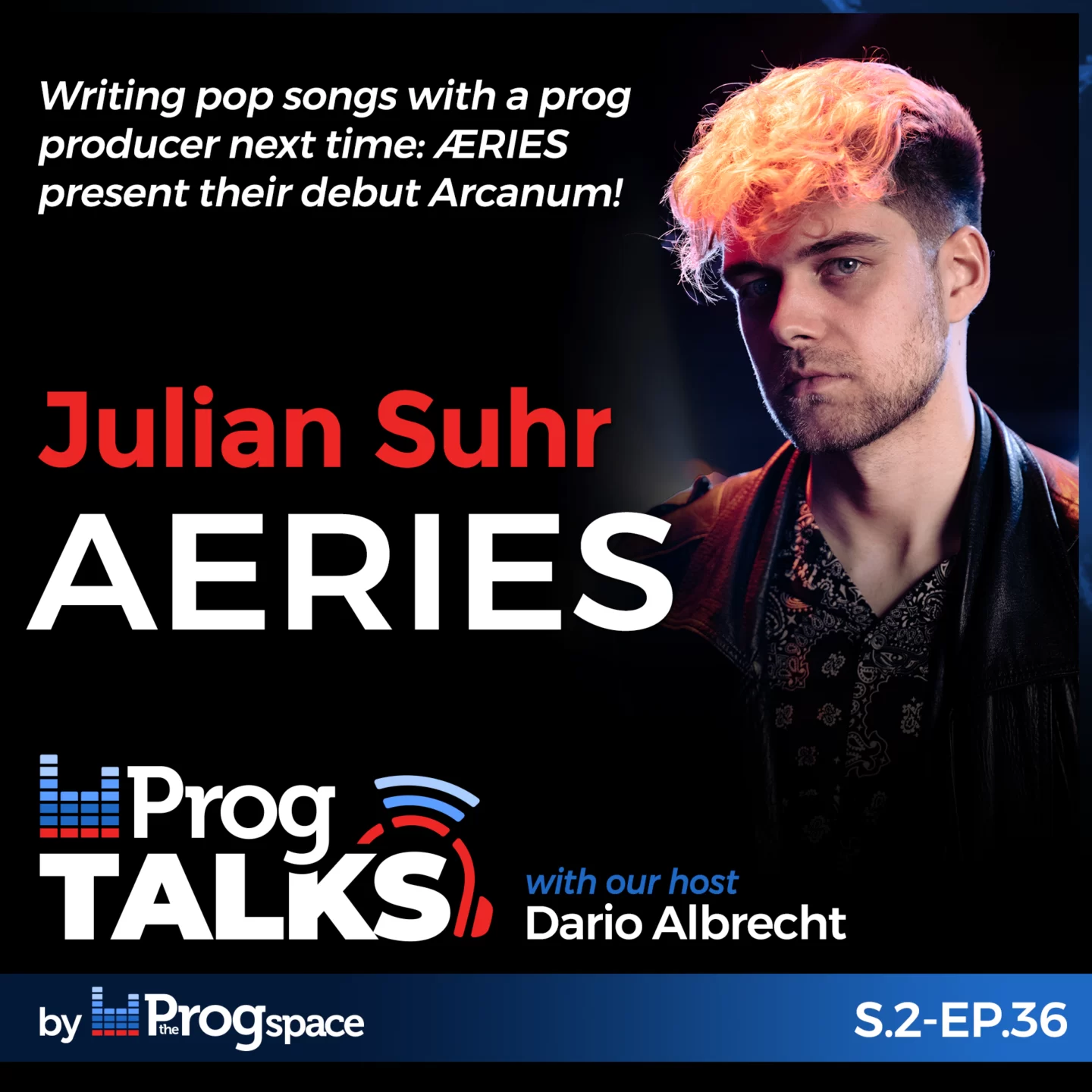
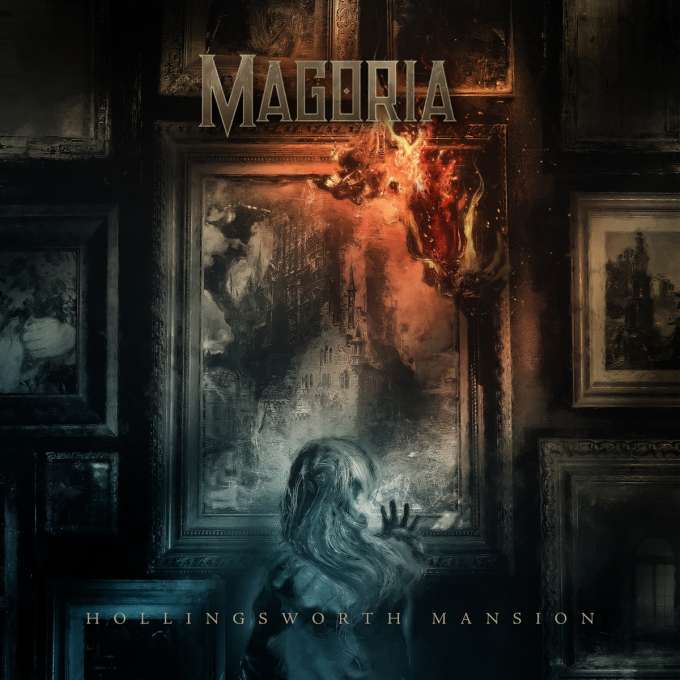
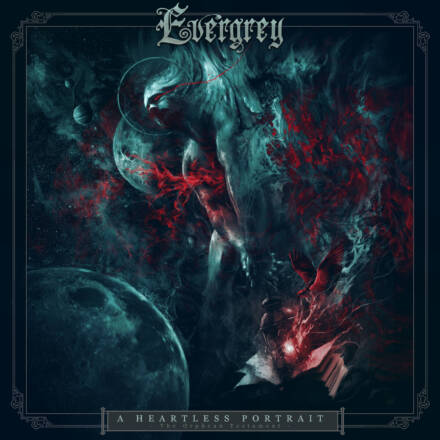
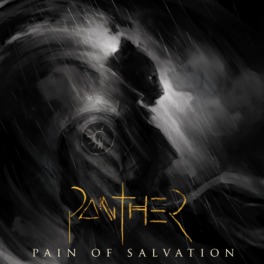
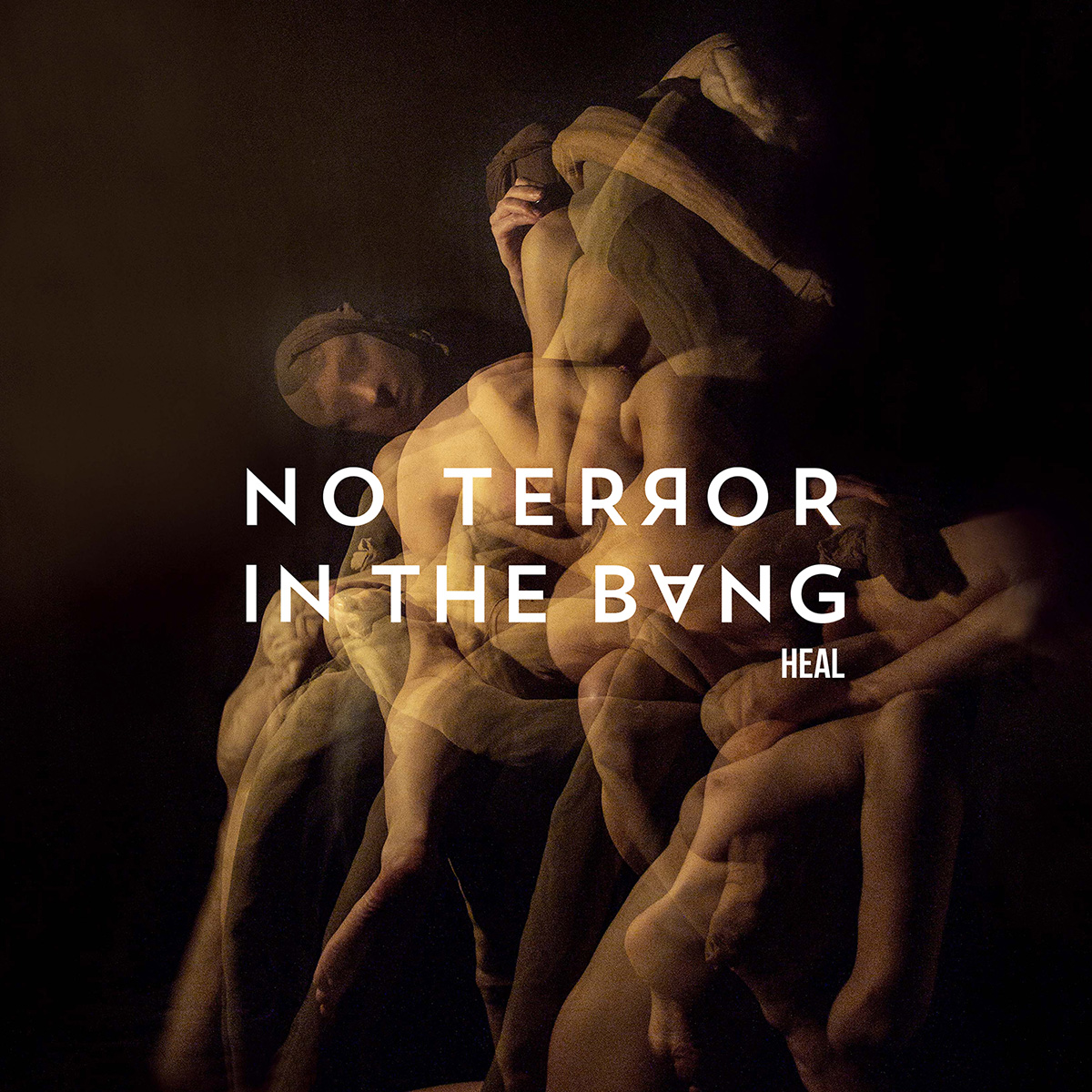



 We’re a group of Prog-lovers who started a journey to share with you our thoughts about albums, concerts, tours and festivals, the photo galleries of the Prog concerts we visit, as well interviews with upcoming or established musicians or prog-related people. Follow our Facebook page for frequent updates and news around the Progniverse.
We’re a group of Prog-lovers who started a journey to share with you our thoughts about albums, concerts, tours and festivals, the photo galleries of the Prog concerts we visit, as well interviews with upcoming or established musicians or prog-related people. Follow our Facebook page for frequent updates and news around the Progniverse.